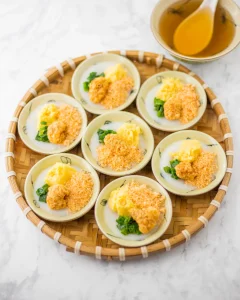
Have you ever heard of banh beo, the captivating Vietnamese rice cakes that have stolen my heart? As a self-proclaimed foodie, I've been on a quest to uncover the secrets behind these delightful delicacies. The journey has been nothing short of extraordinary.
With its delicate texture, intricate flavors, and rich cultural heritage, banh beo has captured my culinary imagination. These steamed rice cakes, hailing from the central regions of Vietnam, are a true testament to the country's vibrant and diverse cuisine.
From their origins to the special techniques used in their preparation, every aspect of banh beo fascinates me. If you're once a fan of vibrant, authentic Vietnamese dishes like gỏi cuốn, then banh beo deserves a top spot on your must-try list.
Table of Contents
ToggleWhat Makes Banh Beo a Beloved Vietnamese Delicacy
Bánh bèo, the Vietnamese rice cake, has won the hearts of many. The story of bánh bèo starts in Hue, the imperial capital. Skilled chefs made these rice cakes for the Nguyen dynasty. They were served at royal banquets, showing Hue's culinary skill.
Beyond its taste, bánh bèo is culturally important in Vietnam. Making these rice cakes follows local traditions carefully. It's a favorite at special events, showing its place in Vietnamese food history.
Bánh bèo stays the same in concept but changes with regional tastes. In Hue, the cakes are thicker and filled with shrimp or pork. Elsewhere, fillings and toppings vary, showing Vietnam's food diversity.
Essential Ingredients for Perfect Banh Beo
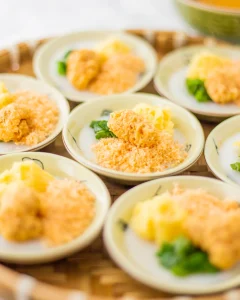
Making the Vietnam rice cake, banh beo, needs careful picking of ingredients. I love this dish so much, I've learned what makes it special.
For the batter:
- 1 cup rice flour
- 1/4 cup tapioca starch
- 1 1/4 cups water
- A pinch of salt
For the toppings:
- 1/4 cup dried shrimp (soaked, drained, and finely chopped)
- 1/4 cup crispy pork rinds (crumbled)
- 3 tbsp scallion oil (scallions sautéed in oil)
- 1/4 cup nuoc cham sauce
By mixing these ingredients just right, you can make the perfect banh beo. You'll get the true taste of this Vietnamese rice cake in every bite.
How to Make Banh Beo at Home
- Prep Time: 20 minutes
- Cooking Time: 40 minutes
- Total Time: 1 hour
- Yield: 4 servings
- Method: Steaming
- Cuisine: Vietnamese
Making the perfect Vietnamese rice cake, or banh beo, is an art passed down through generations. It involves a special steaming process, the right batter consistency, and careful temperature control.
- Prepare the batter: In a mixing bowl, combine rice flour, tapioca starch, water, and salt. Stir until smooth and lump-free. Set aside for 10 minutes.
- Steam the cakes: Lightly grease small ceramic dishes. Pour a thin layer of batter into each dish. Place the dishes in a steamer over boiling water. Steam for 7-10 minutes until the cakes are translucent and set. Remove from the steamer and let cool.
- Prepare the toppings: Toast the dried shrimp in a dry pan until fragrant. Crush lightly with a mortar and pestle. Sauté scallions in oil until softened.
- Assemble the bánh bèo: Spoon scallion oil over each rice cake. Top with dried shrimp and crispy pork rinds. Serve with nuoc cham sauce on the side for dipping.
The art of making authentic Vietnamese how to make banh beo shows the patience, skill, and dedication of culinary masters. By mastering the steaming technique, getting the batter right, and controlling timing and temperature, these artisans make every bite of vietnamese rice cake a joy.
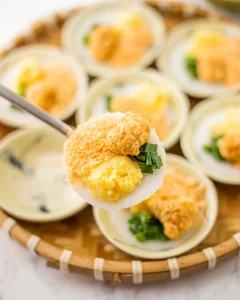
Nutrition Facts (Per Serving)
- Calories: 180
- Sugar: 2g
- Sodium: 350mg
- Fat: 5g
- Saturated Fat: 1g
- Unsaturated Fat: 4g
- Trans Fat: 0g
- Carbohydrates: 28g
- Fiber: 1g
- Protein: 6g
- Cholesterol: 15mg
Signature Toppings and Garnishes
The magic of Vietnamese rice cake, banh beo, lies in its toppings and garnishes. These elements enhance the flavor and texture, making banh beo irresistible.
- Dried shrimp: These small, savory pieces add a delightful crunch and umami flavor. Scallion oil is also drizzled over, bringing a fragrant and slightly pungent note.
- Crispy pork rinds: These golden, airy pieces contrast beautifully with the soft banh beo. The tangy and slightly sweet nuoc cham sauce ties all the flavors together.
These toppings and garnishes do more than just look good. They turn simple banh beo into a culinary masterpiece. Each element adds its own unique flavor and texture, creating a memorable dining experience.
How to Eat Banh Beo Like a Local
Enjoying Vietnamese rice cakes, or banh beo, is a special experience. It's not just about the taste. It's also about how you serve and eat them. I'm excited to share how to enjoy banh beo like a local.
Banh beo is usually served on a small plate or in a shallow bowl. It comes with a saucer of nuoc cham, the famous Vietnamese dipping sauce. This lets you adjust the flavors to your taste, adding moisture and umami to the rice cakes.
To eat banh beo, pick up each rice cake with your fingers. Dip it in the nuoc cham and then eat it. The goal is to enjoy the soft texture and the mix of flavors. Feel free to adjust the amount of sauce to your liking.
Bánh bèo is more than just a dish; it's a journey into the heart of Vietnamese rice cake culture. Its unique flavors and textures make it a standout in Vietnamese cuisine, and it’s a joy to make and share with loved ones. Ready to explore more delightful recipes? Visit So Damn Delish for inspiration and culinary adventures!
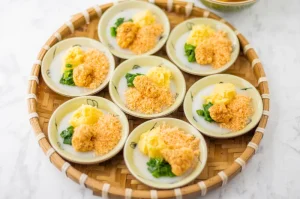
FAQs
Q: What is banh beo?
A: Banh beo is a tasty Vietnamese steamed rice cake from Hue. It's small, round, and has a soft, almost clear texture. Its flavor is unique, making it stand out among other Vietnamese dishes.
Q: What are the key ingredients in banh beo?
A: To make real banh beo, you need rice flour, tapioca starch, dried shrimp, scallions, and crispy pork rinds. Each ingredient is important for the dish's texture and taste.
Q: How are banh beo traditionally prepared?
A: Making banh beo the old way involves steaming. The batter is poured into small molds and steamed until it's soft and clear. Getting the timing and temperature right is key for the perfect texture.
Q: What are the common toppings and garnishes used for banh beo?
A: Banh beo is topped with various ingredients to enhance its flavor. You'll find dried shrimp, scallion oil, crispy pork rinds, and a tasty dipping sauce called nuoc cham.
Q: How do you eat banh beo like a local?
A: To eat banh beo like a local, start by placing a cake on your plate and adding your favorite toppings. Use chopsticks to lift the cake and dip it in nuoc cham sauce. Enjoy the mix of textures and flavors in each bite.
Q: What is the cultural significance of banh beo in Vietnam?
A: Banh beo is very important in Vietnamese culture and food. It comes from Hue and is a big part of the region's food history. It's loved for its delicate making and special taste, especially during special times.


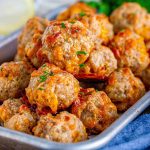

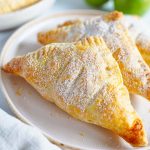
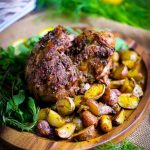





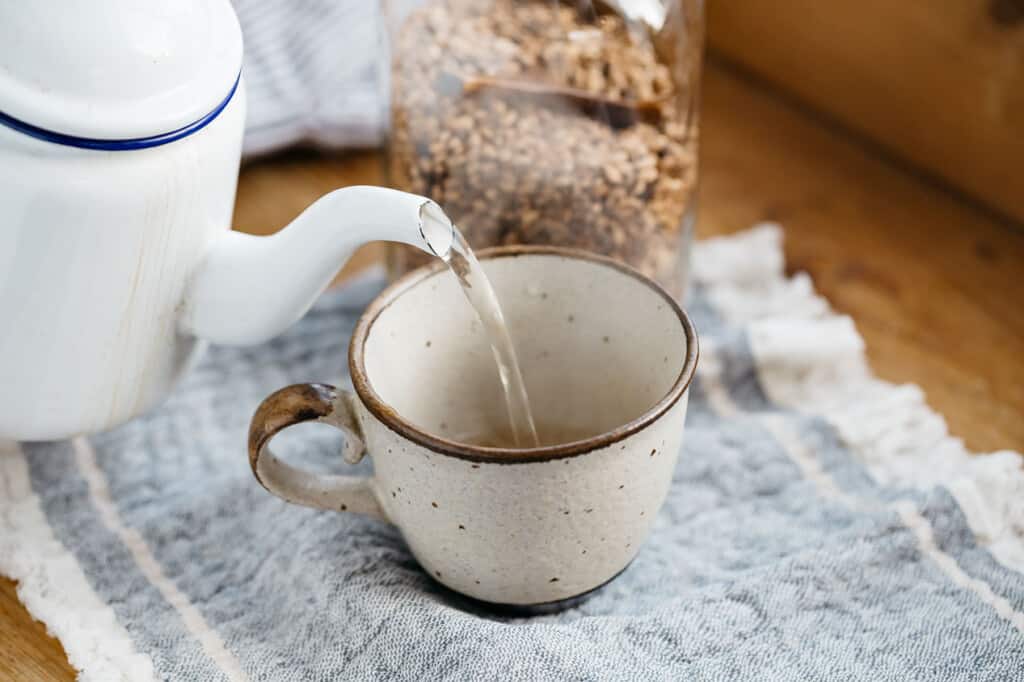
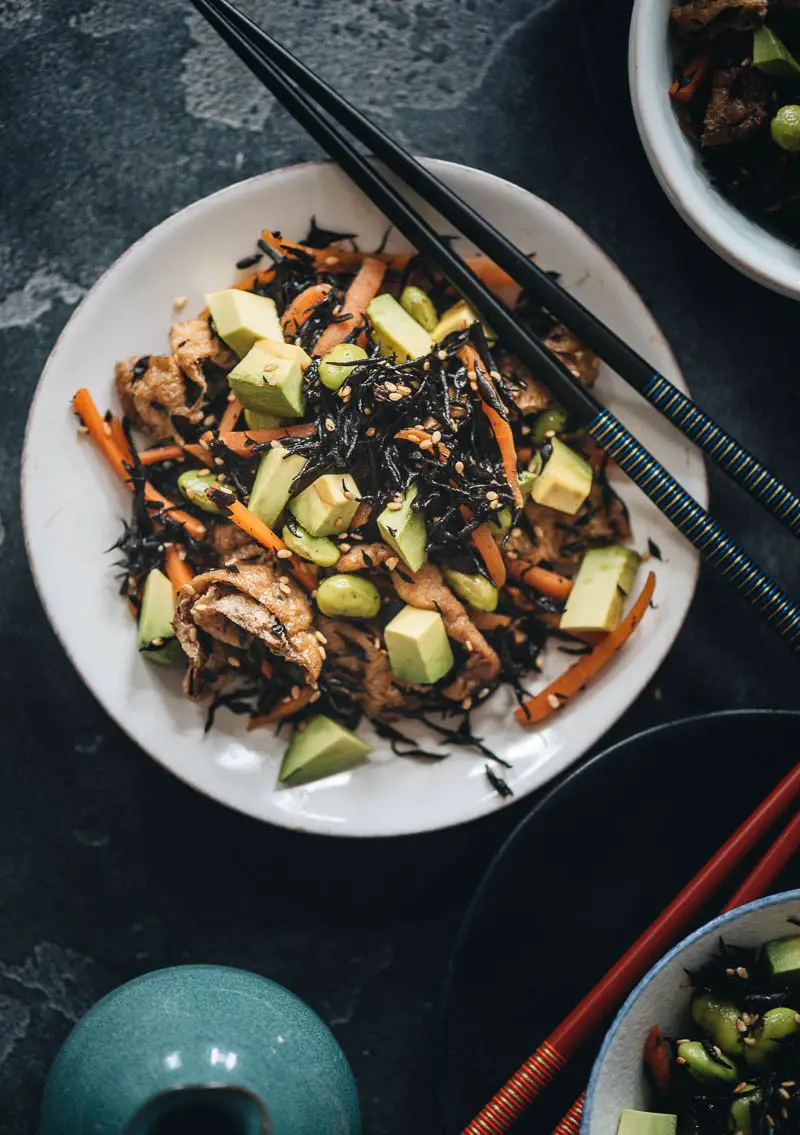
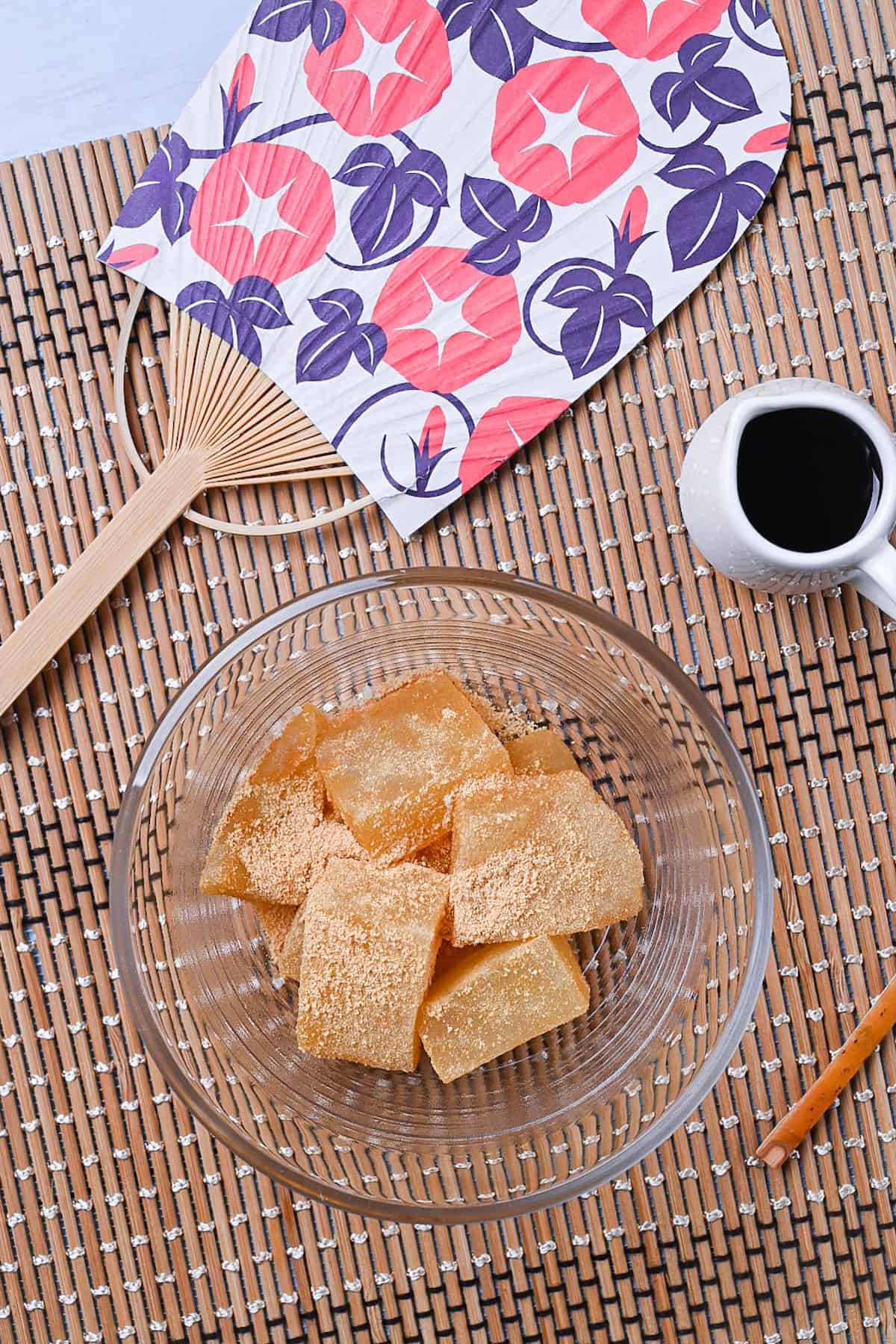
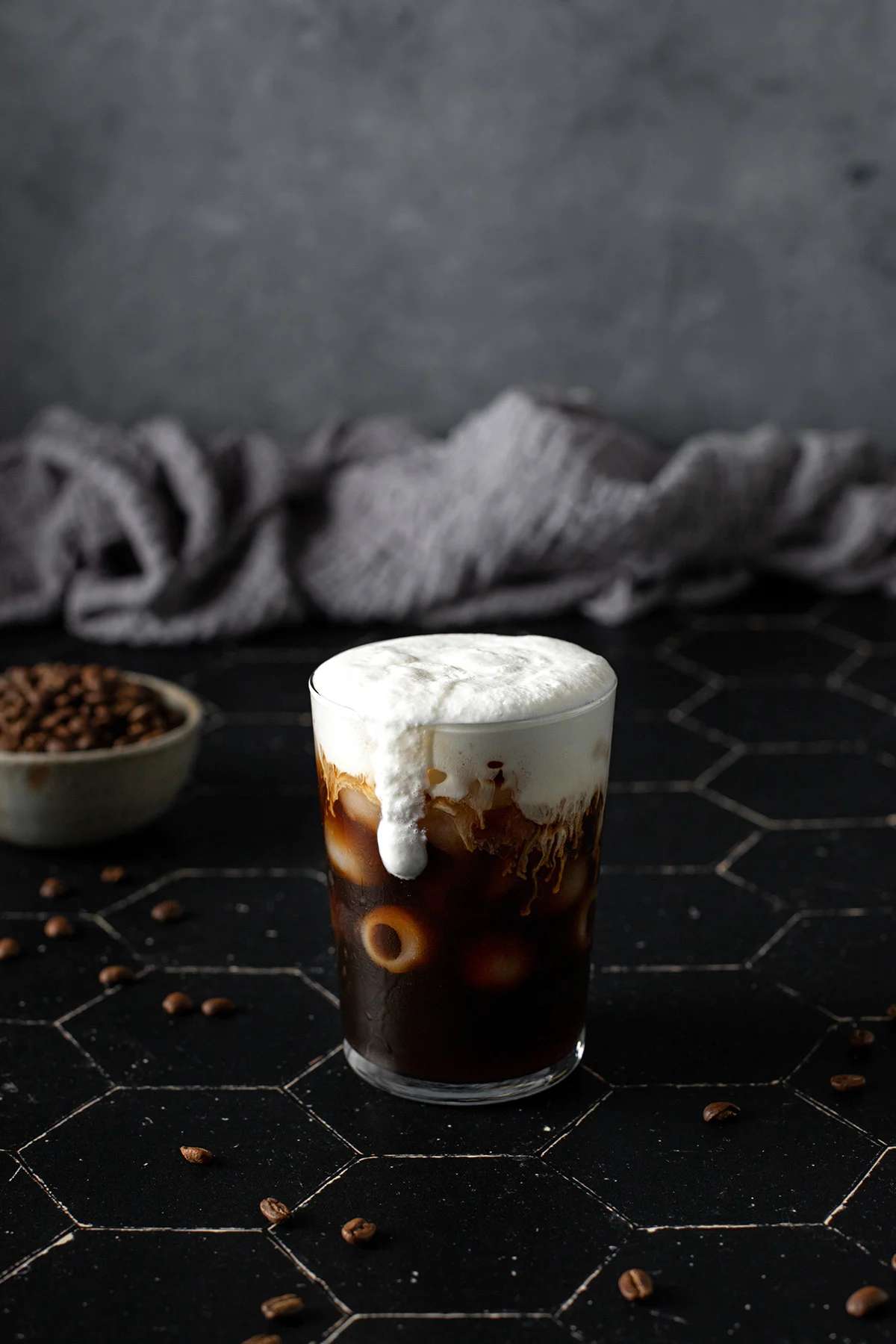
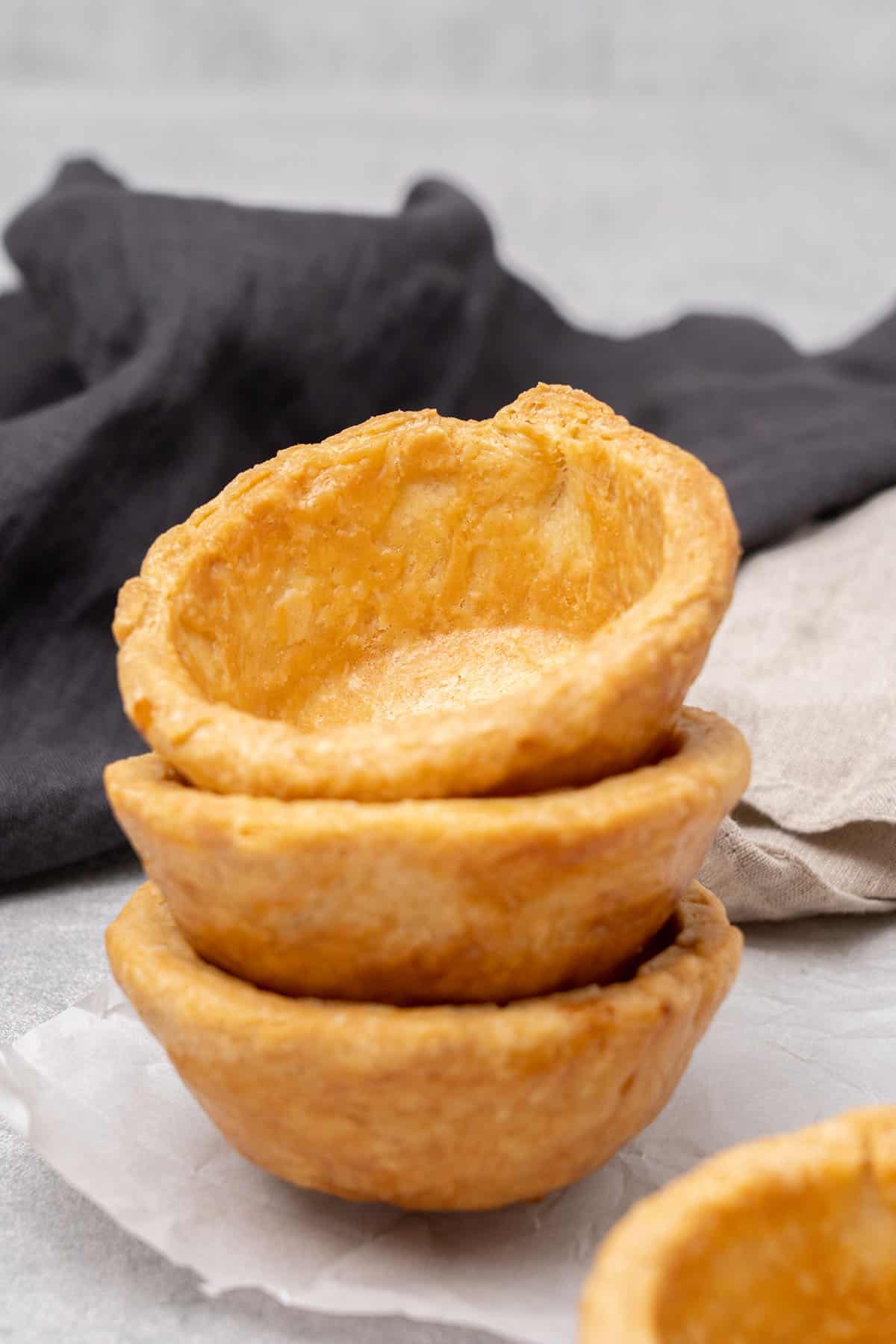
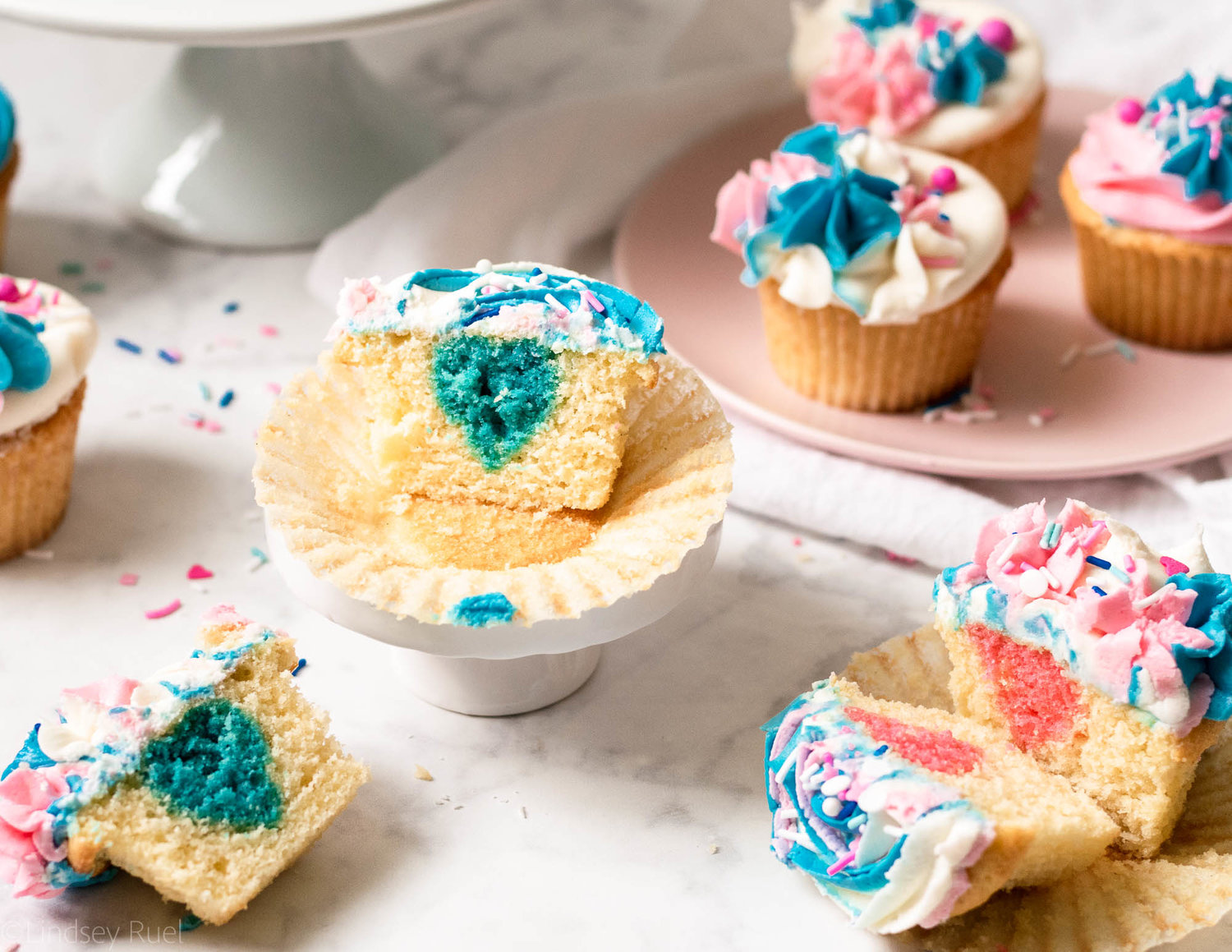
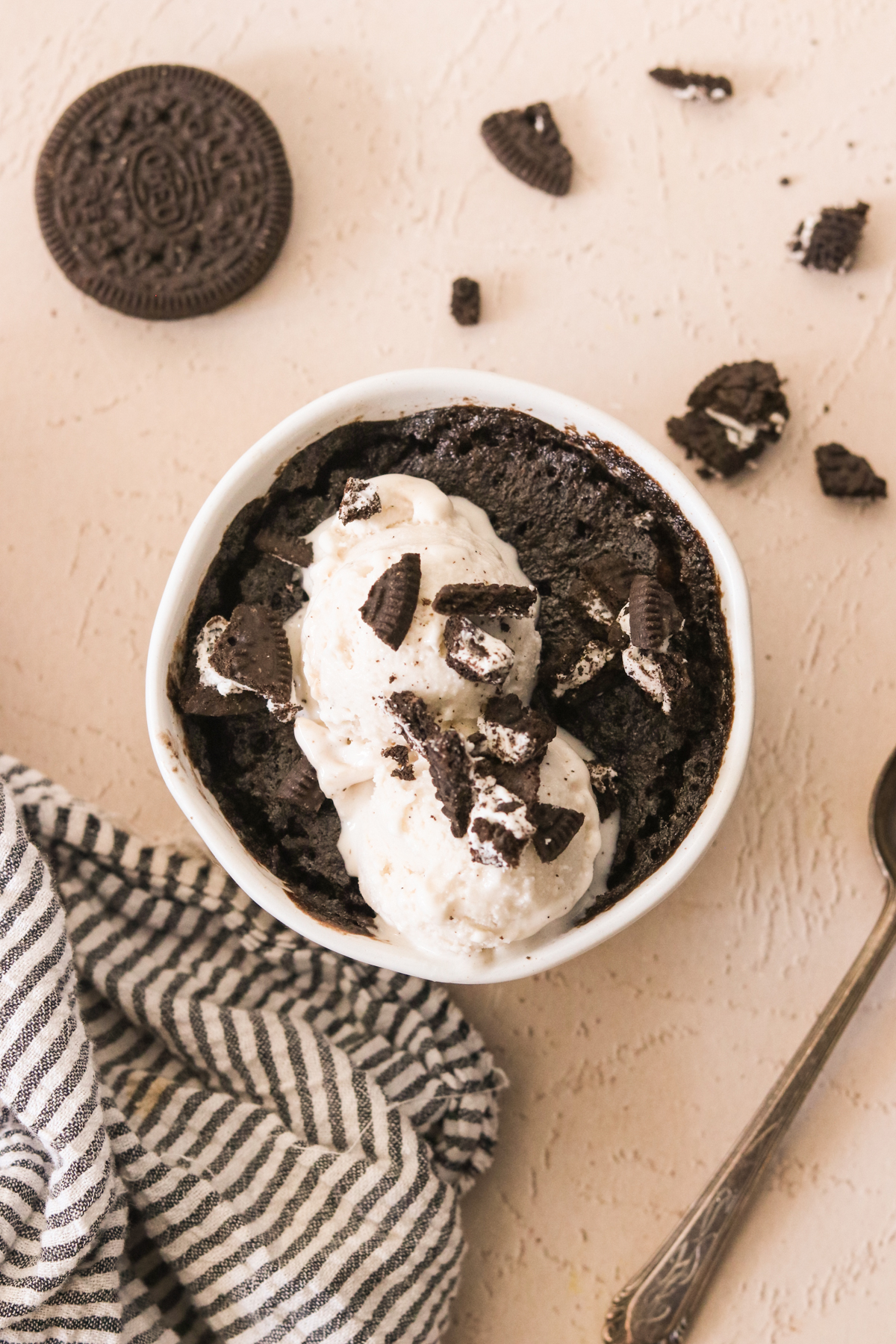
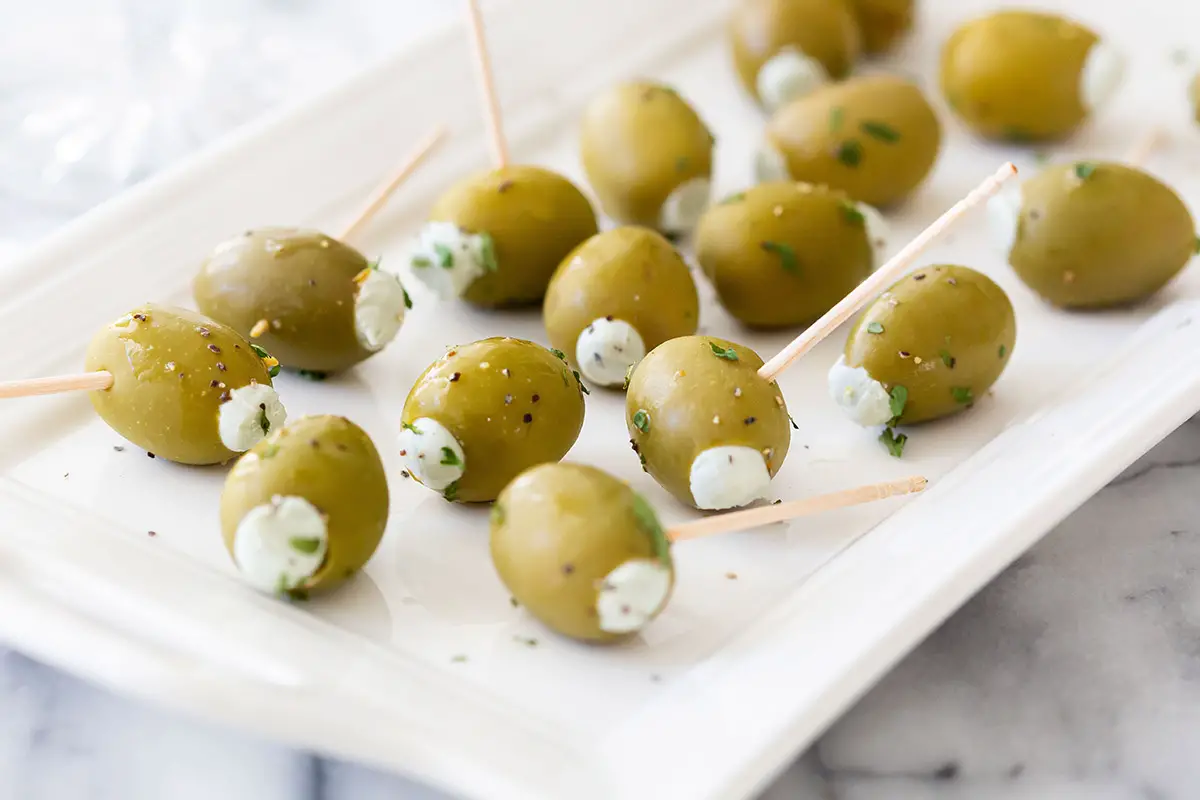
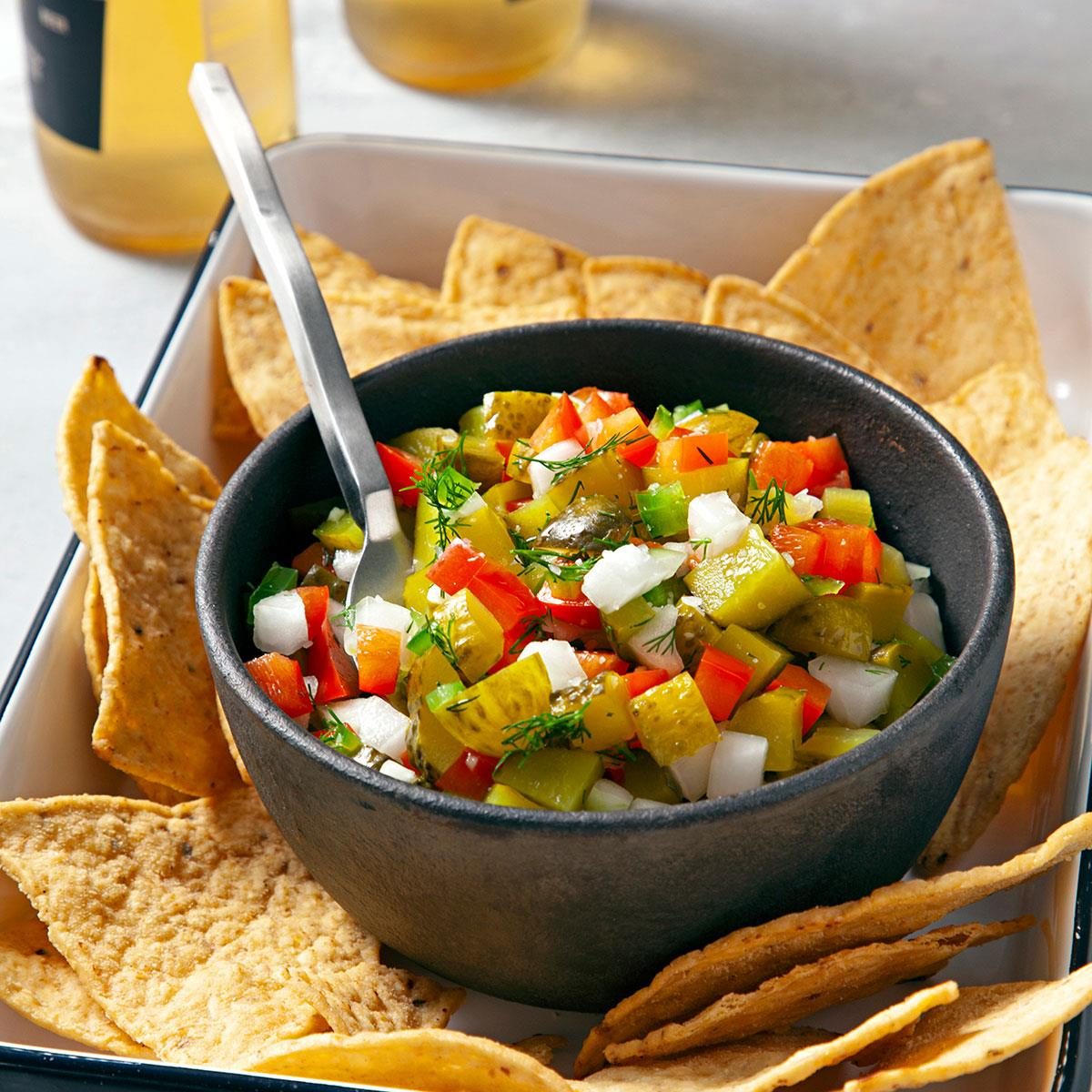
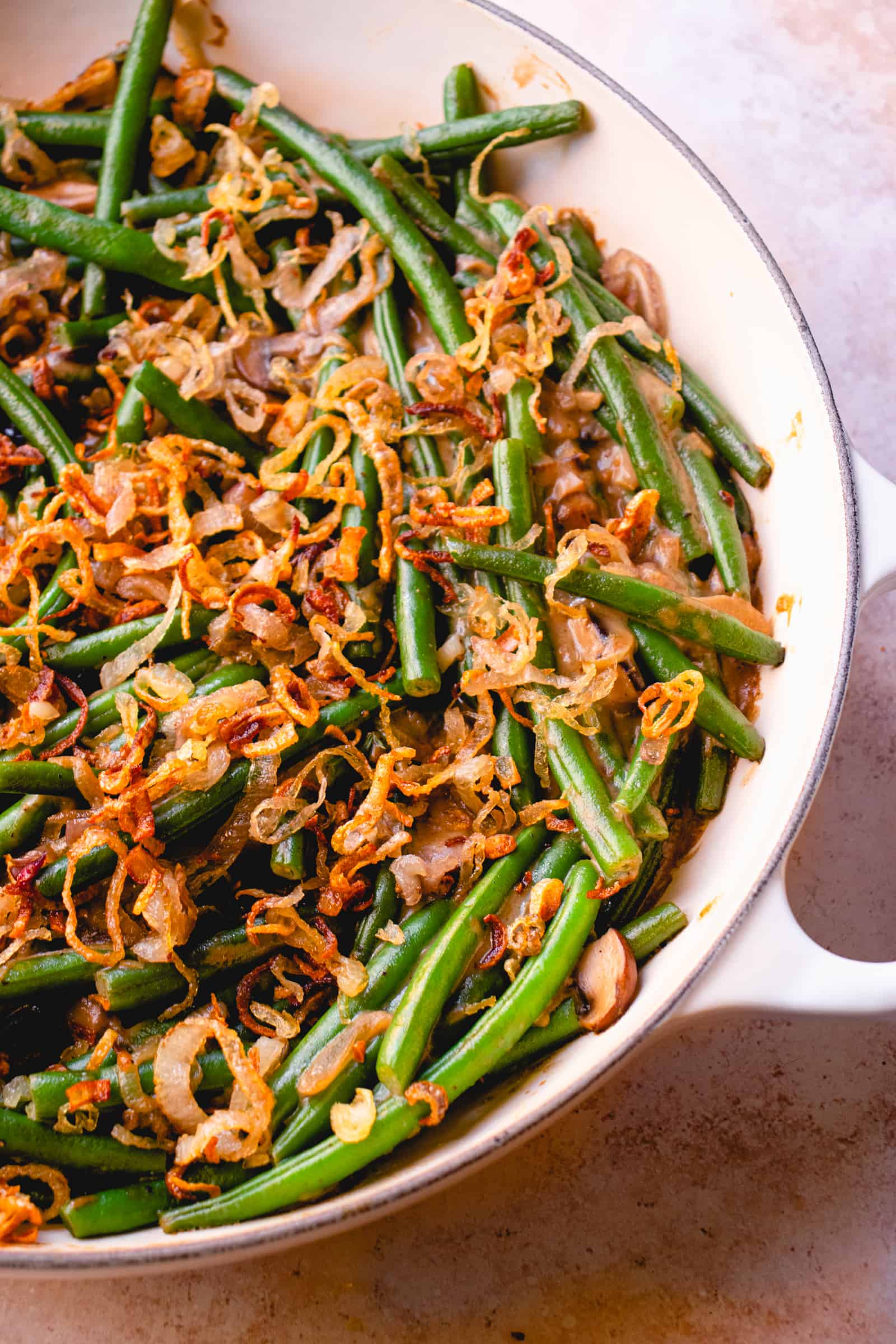
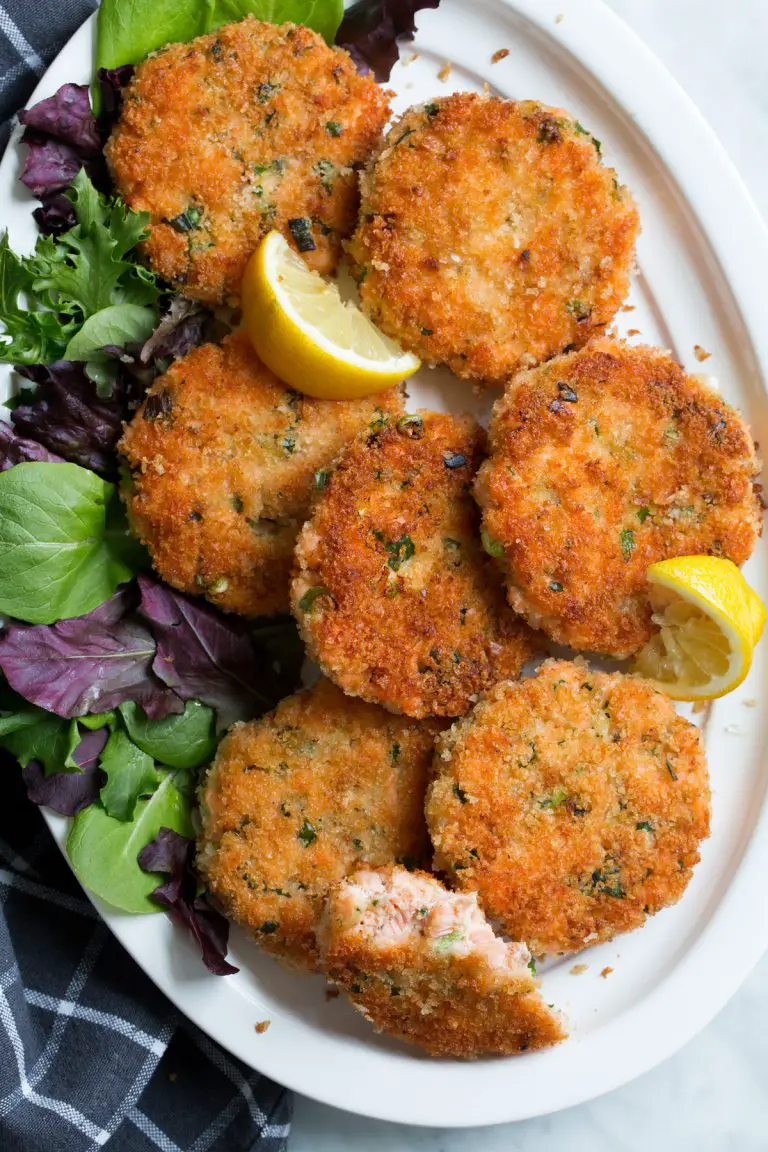
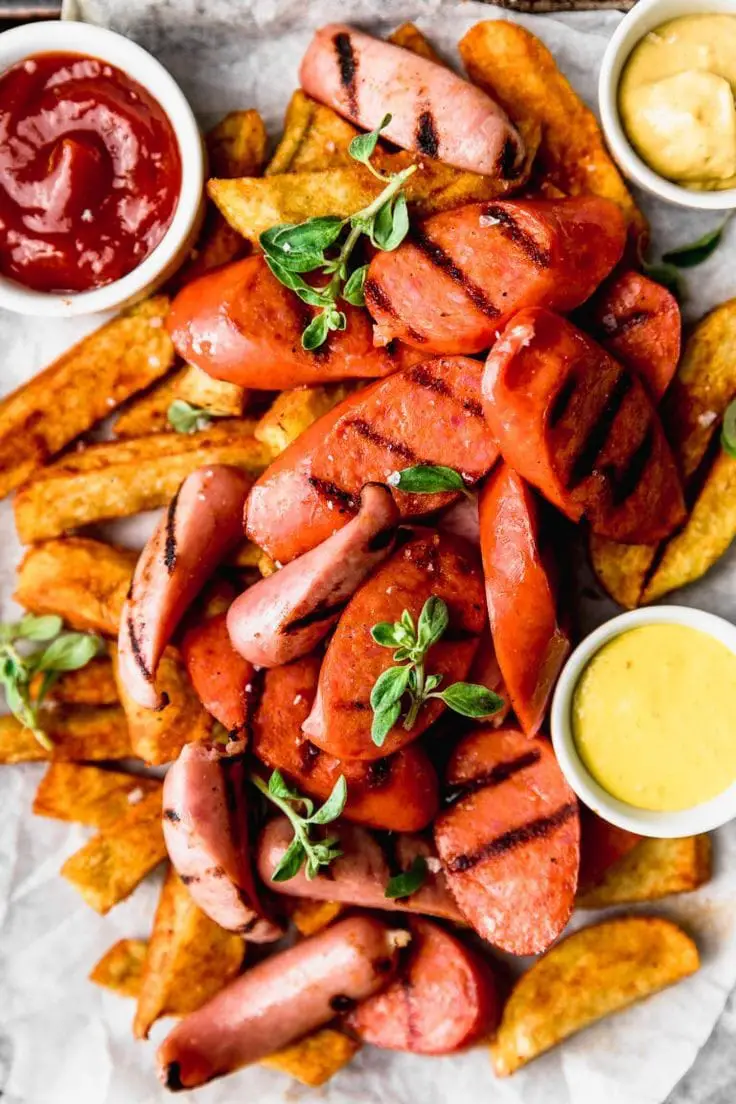
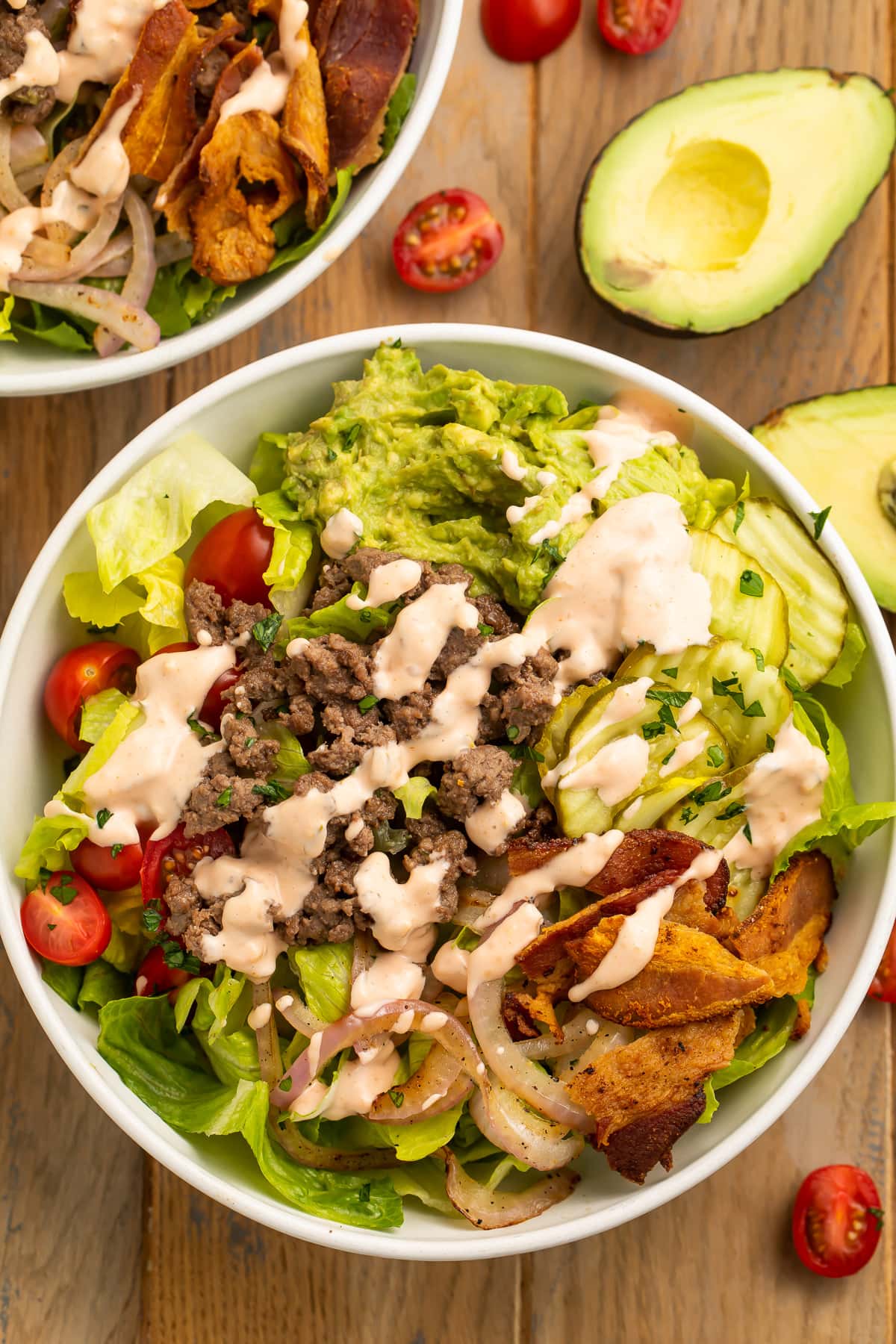
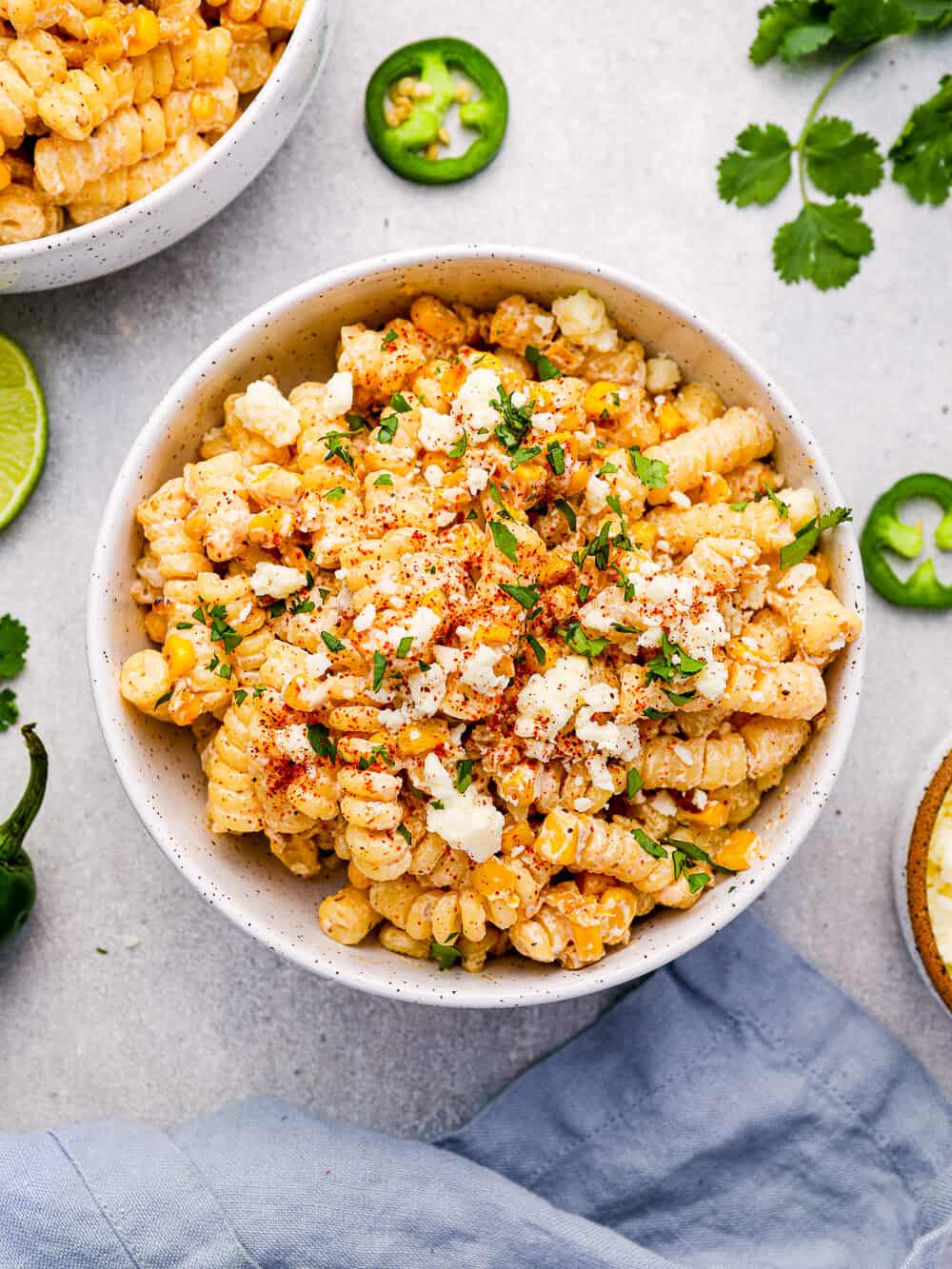
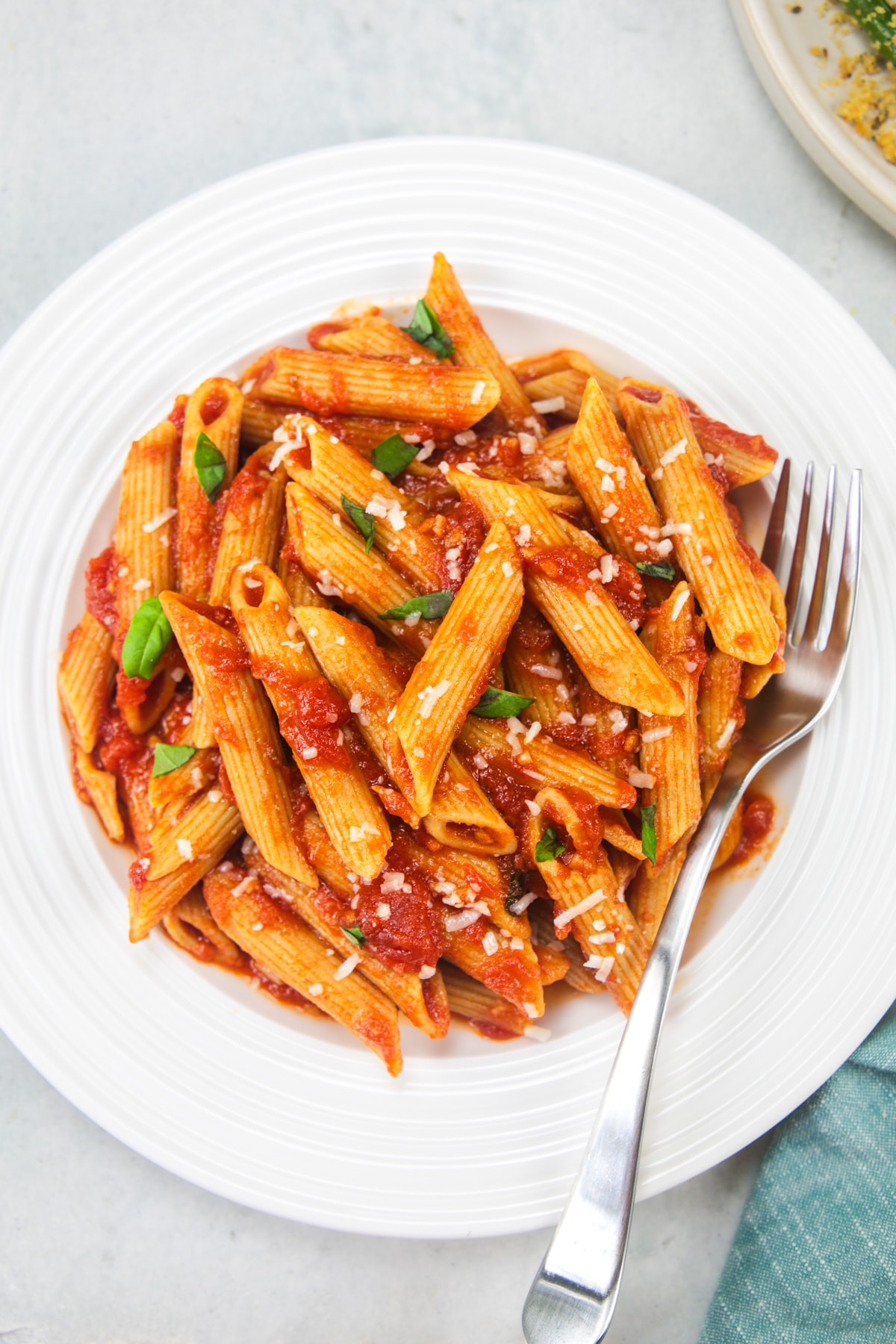
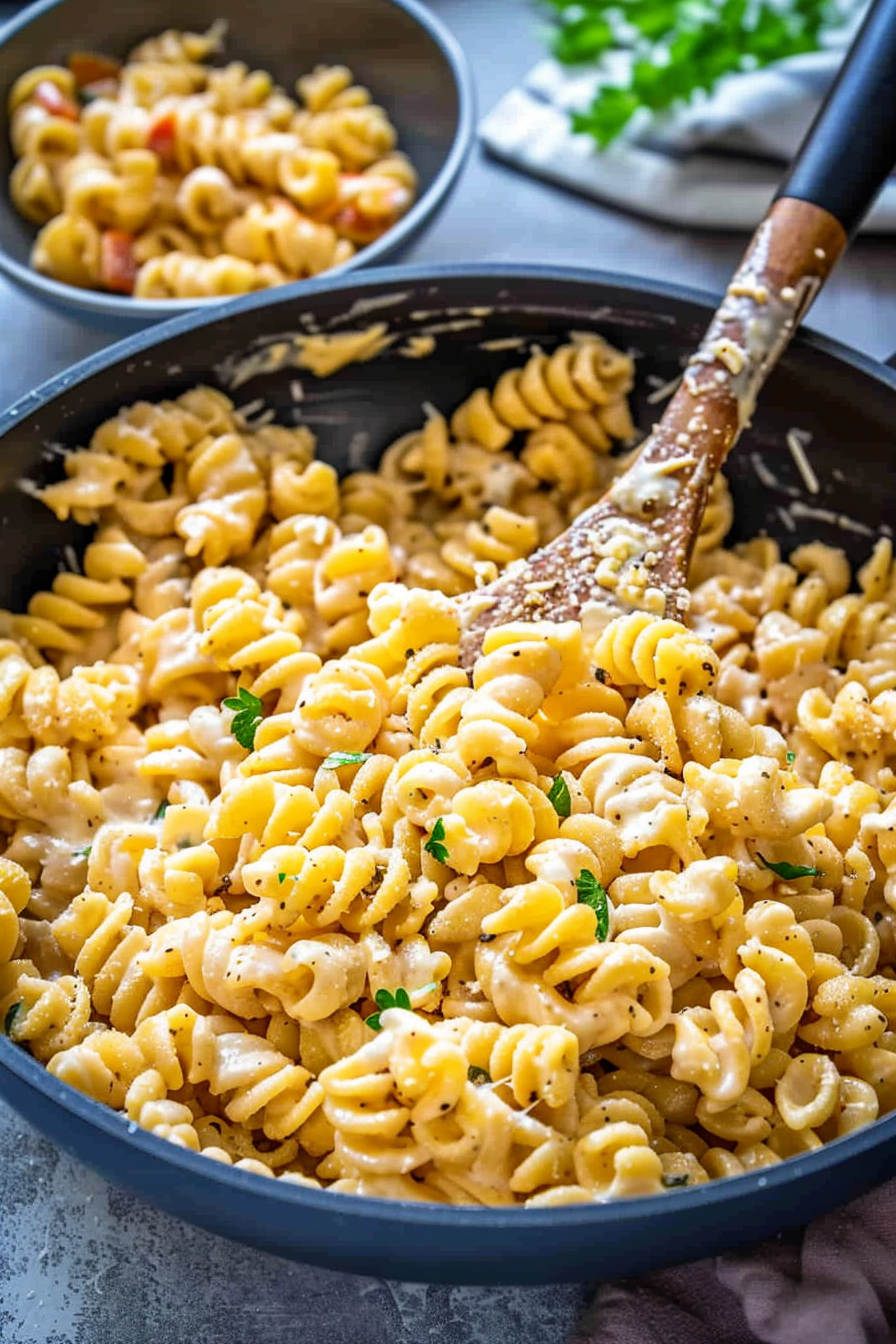
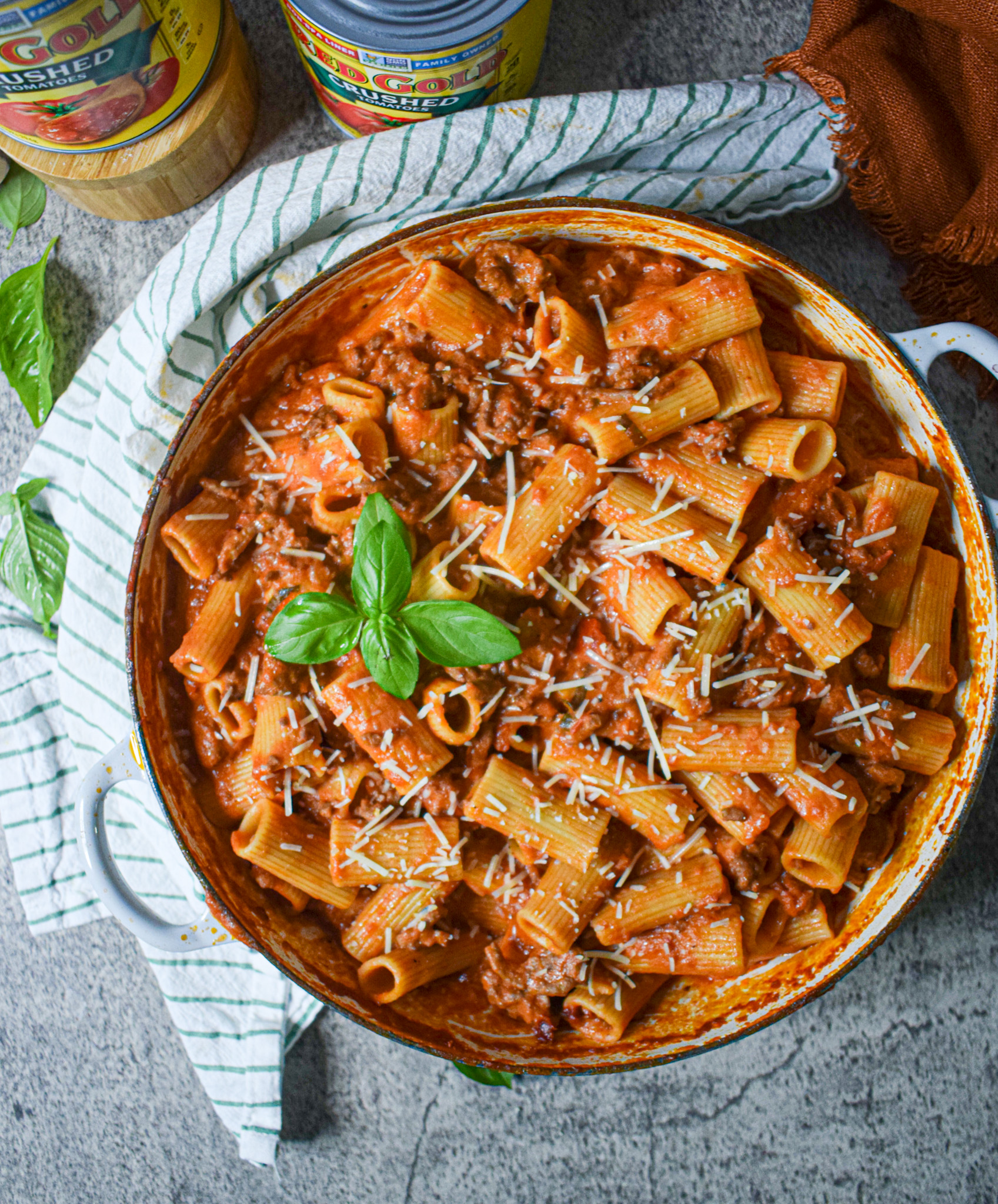
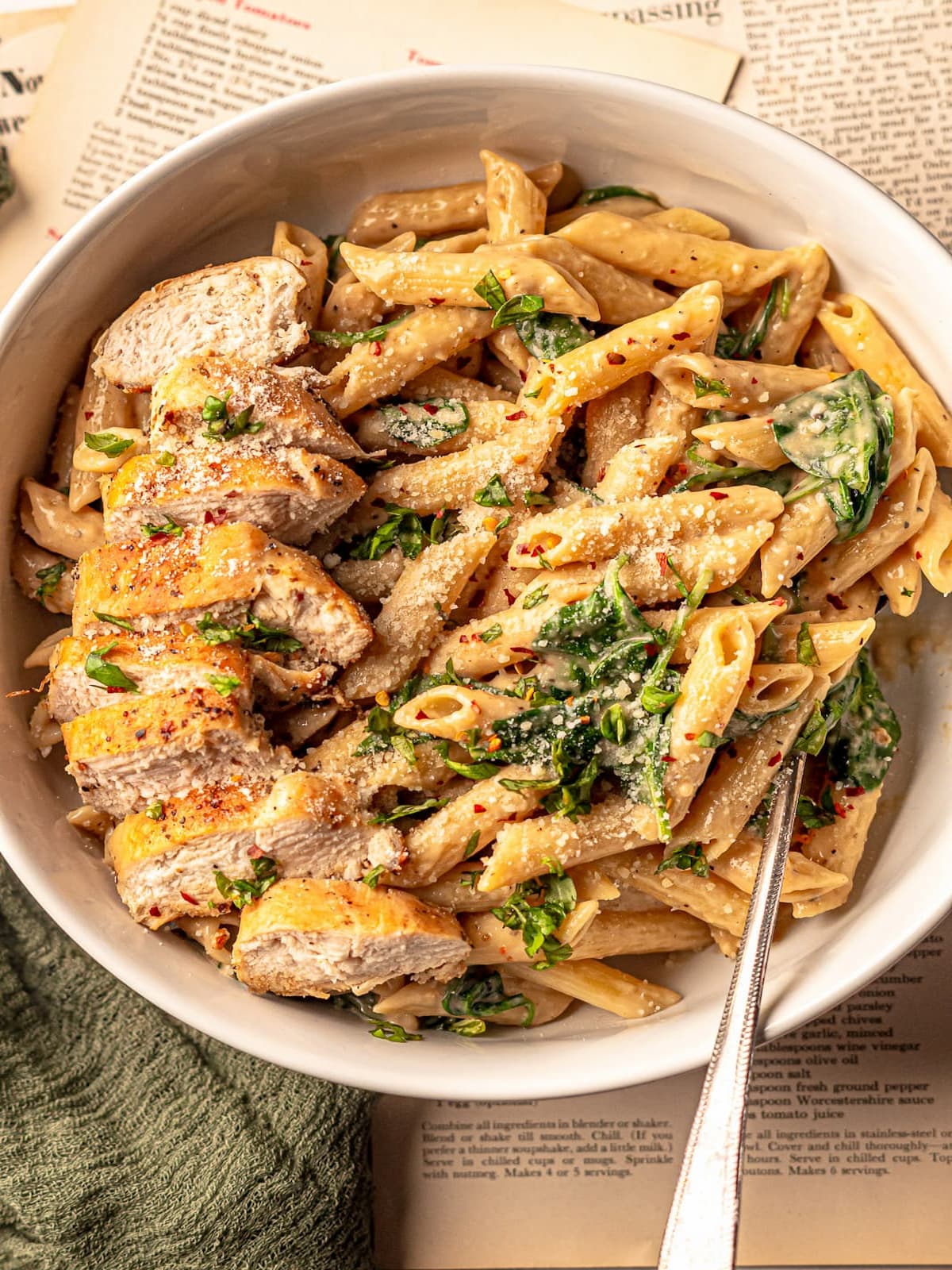
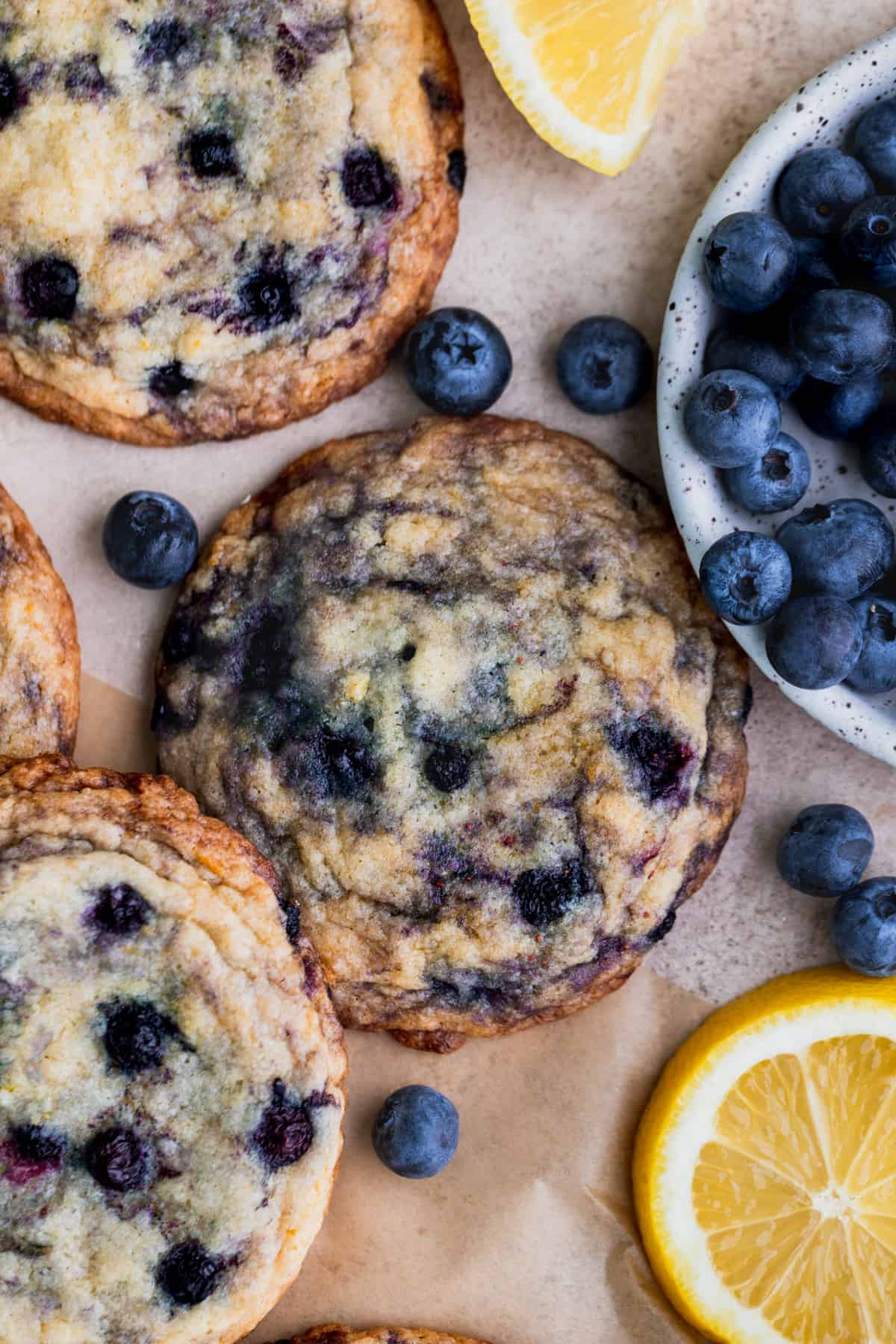
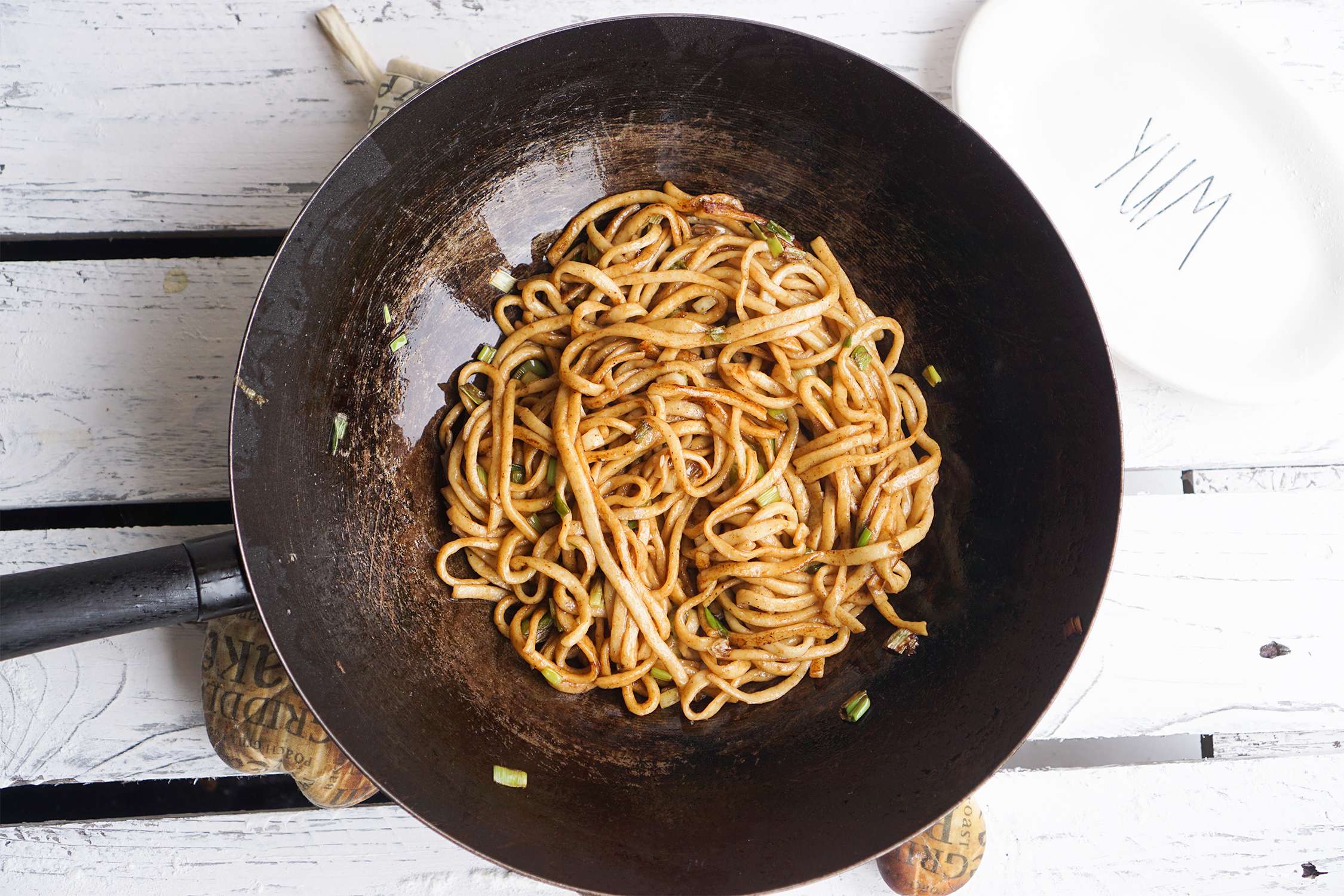
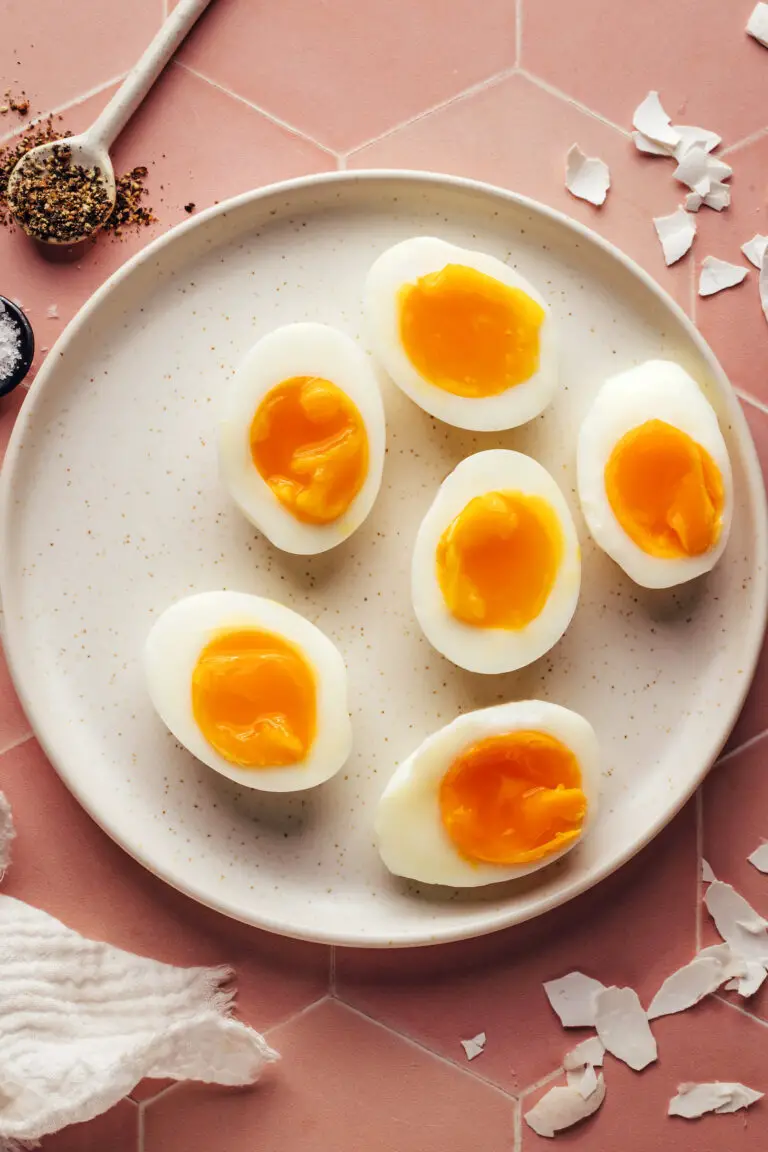
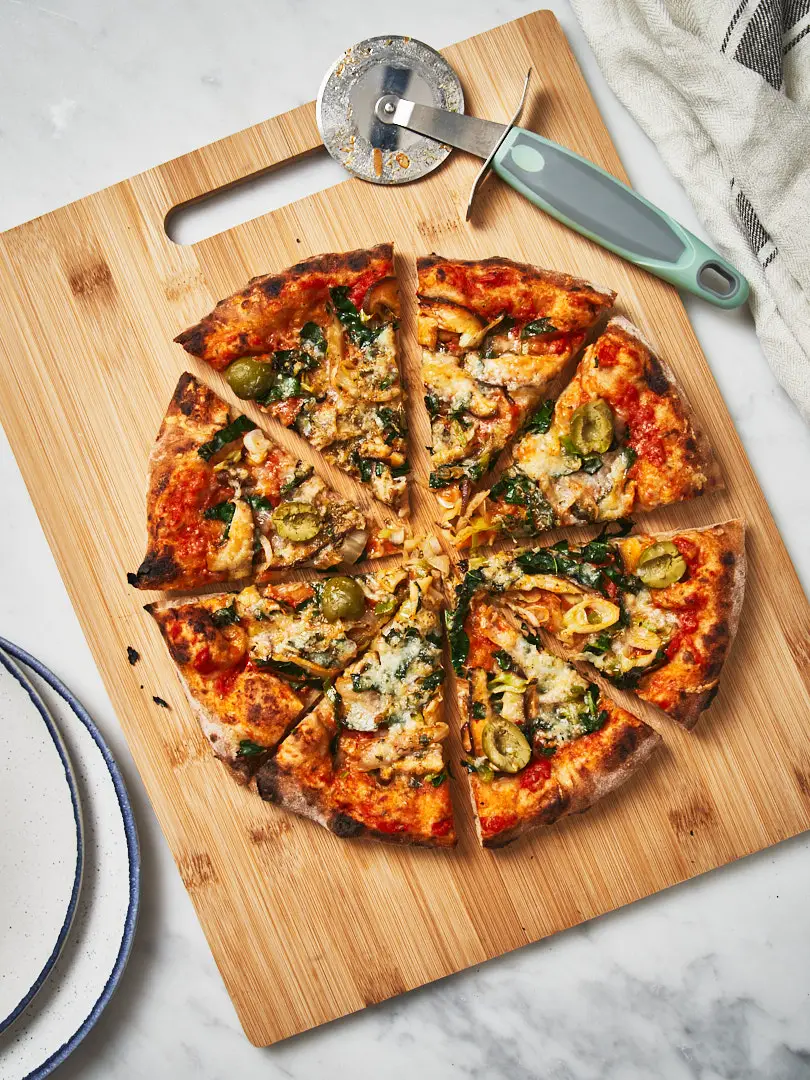
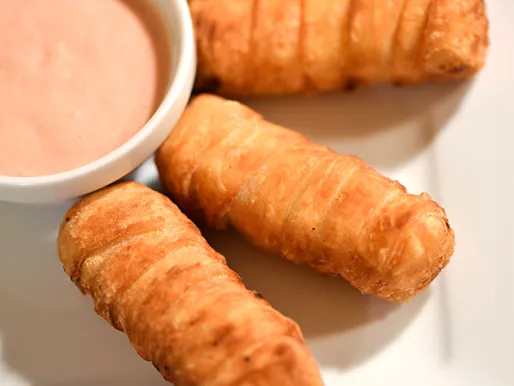
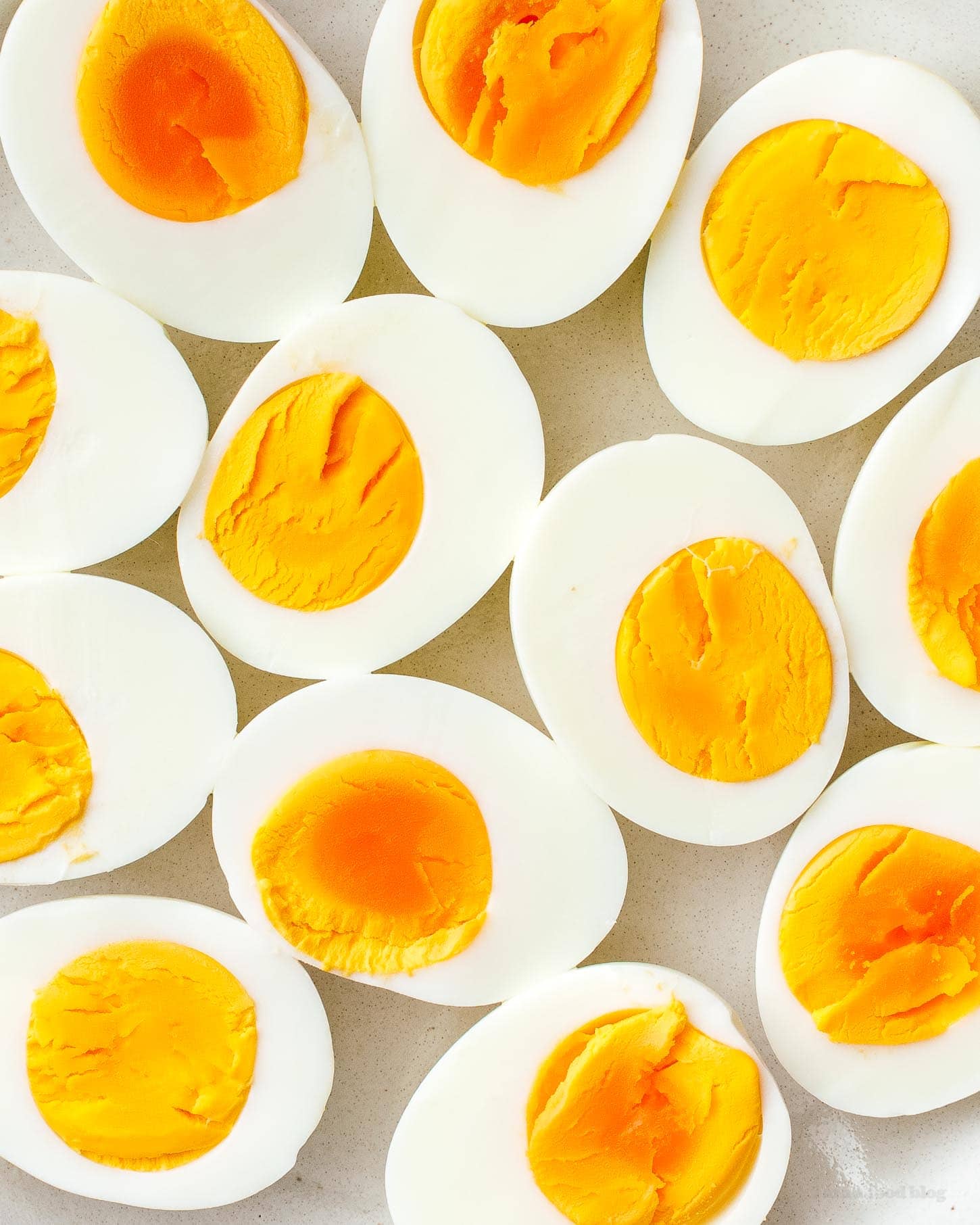

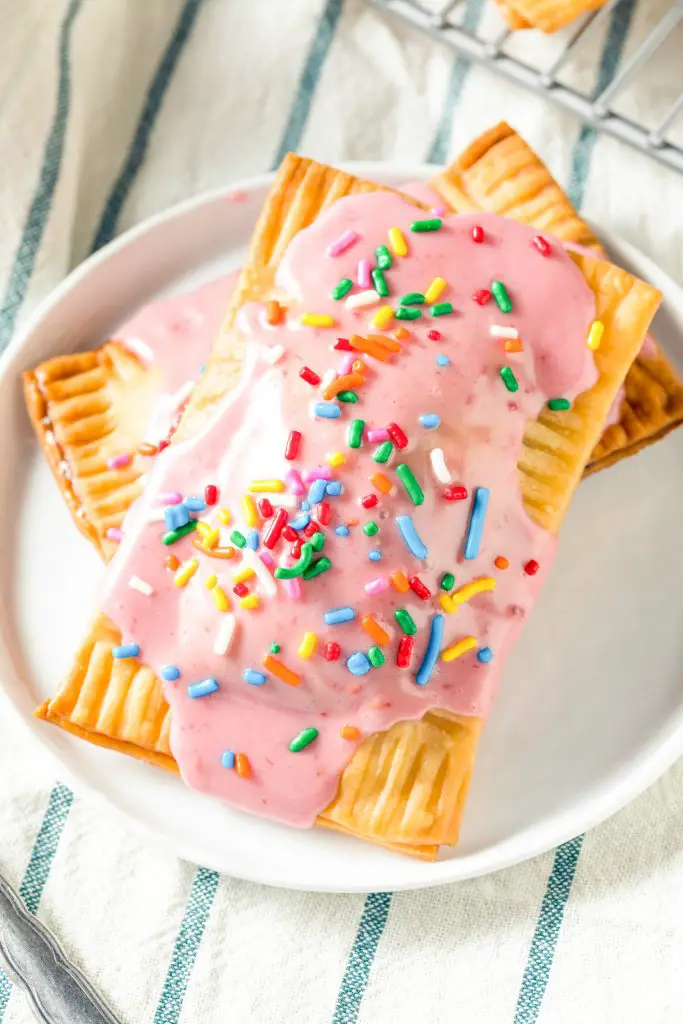
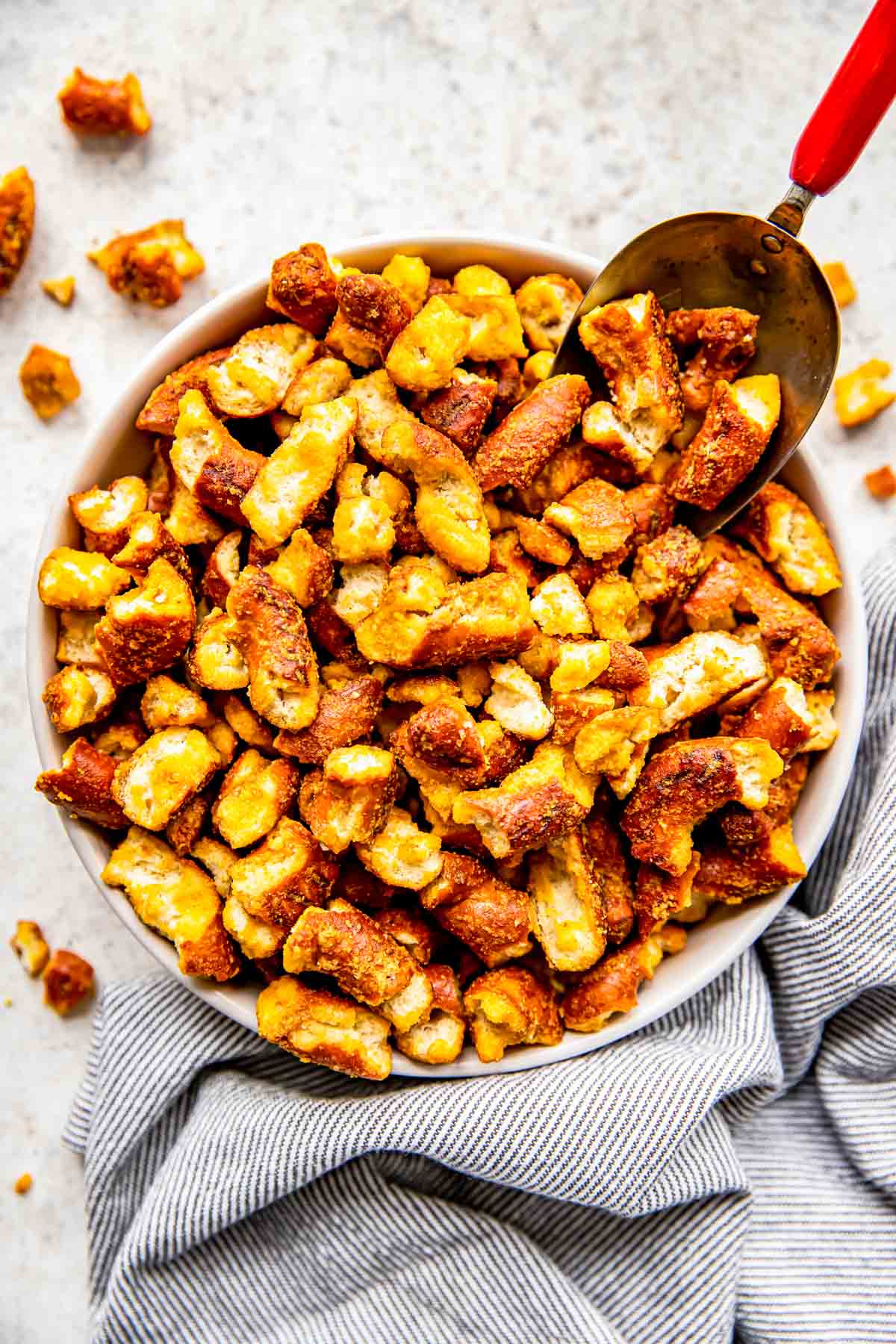
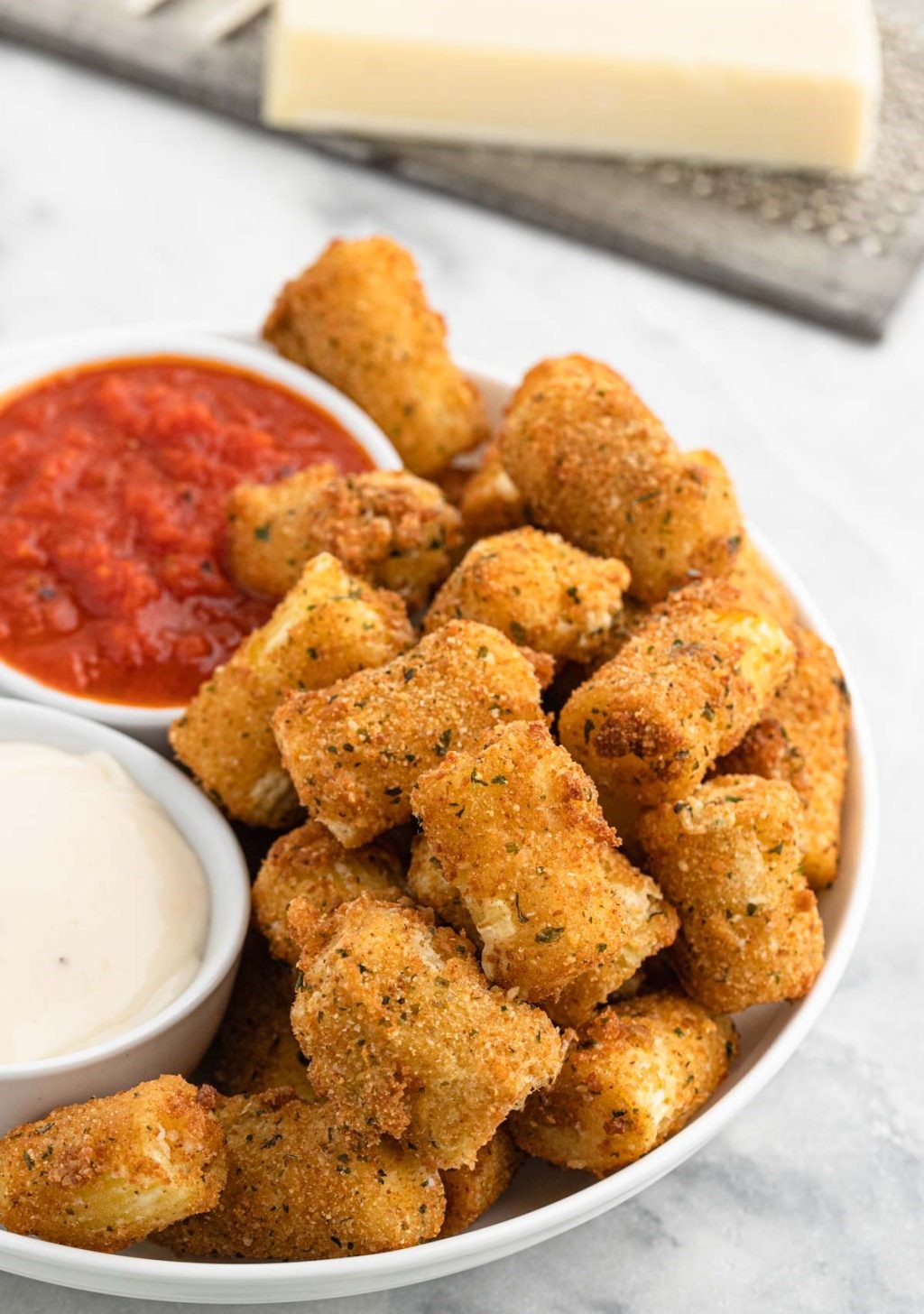
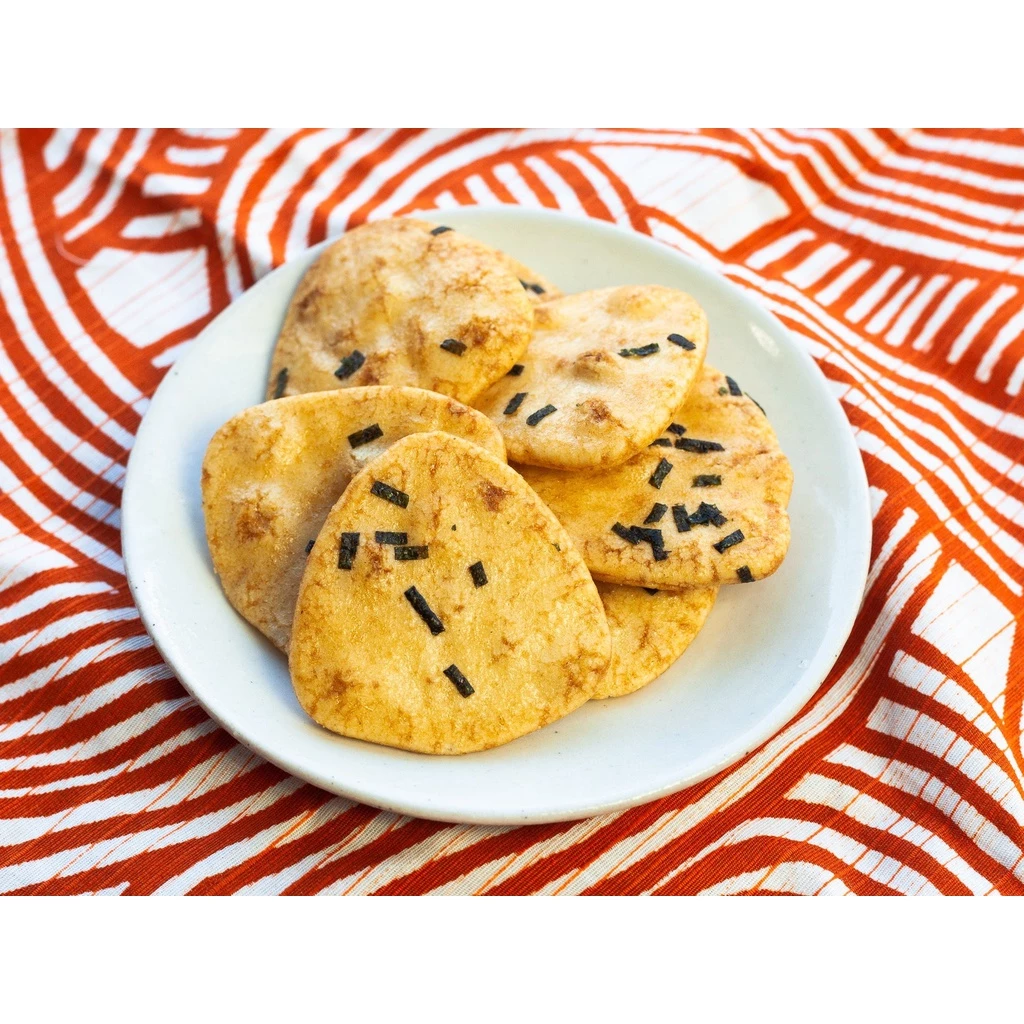

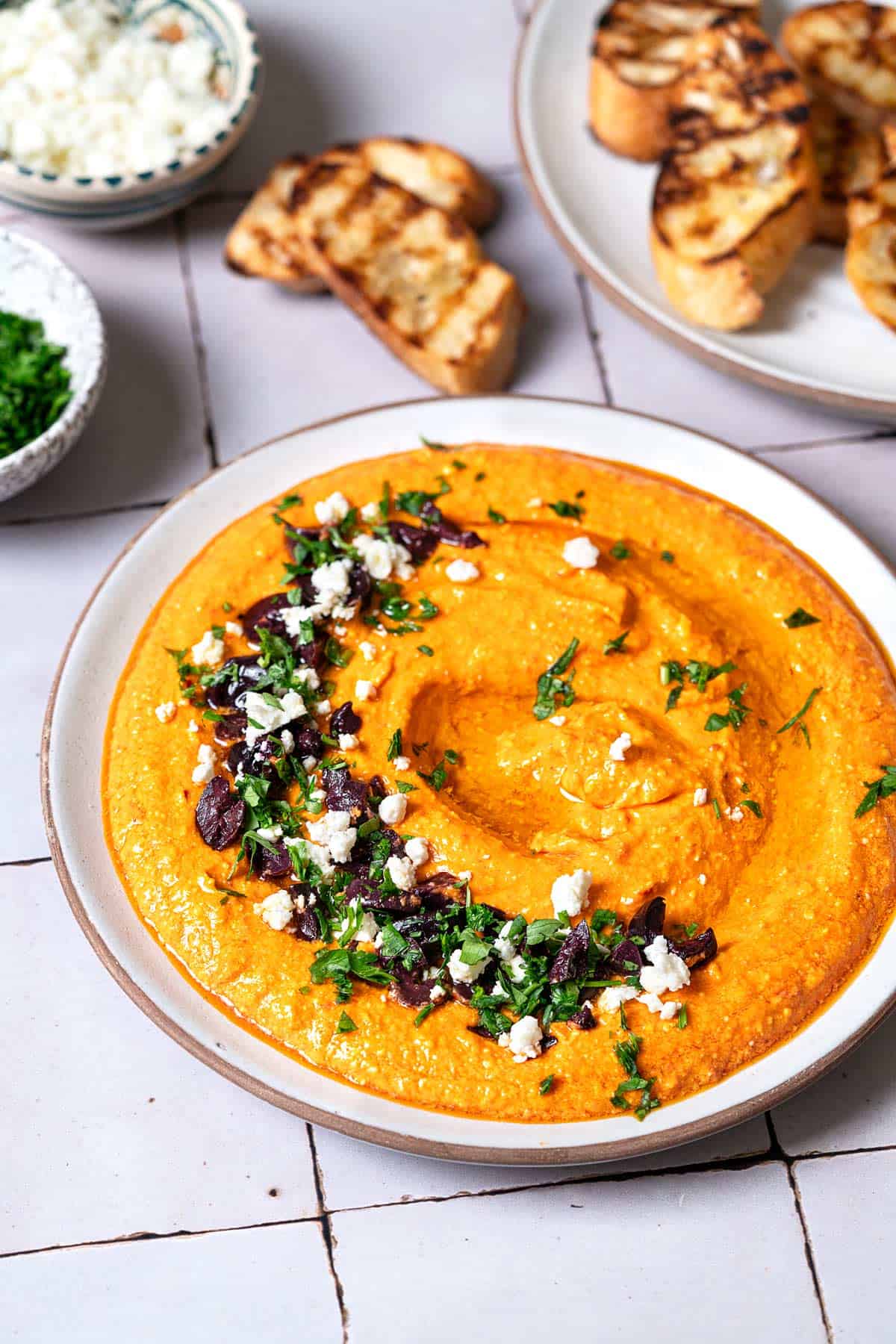
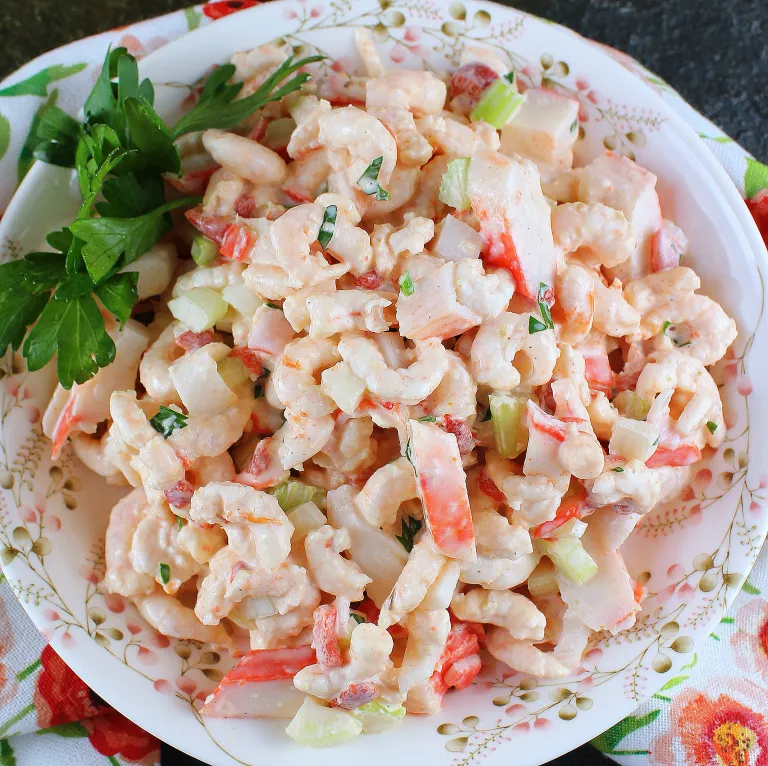
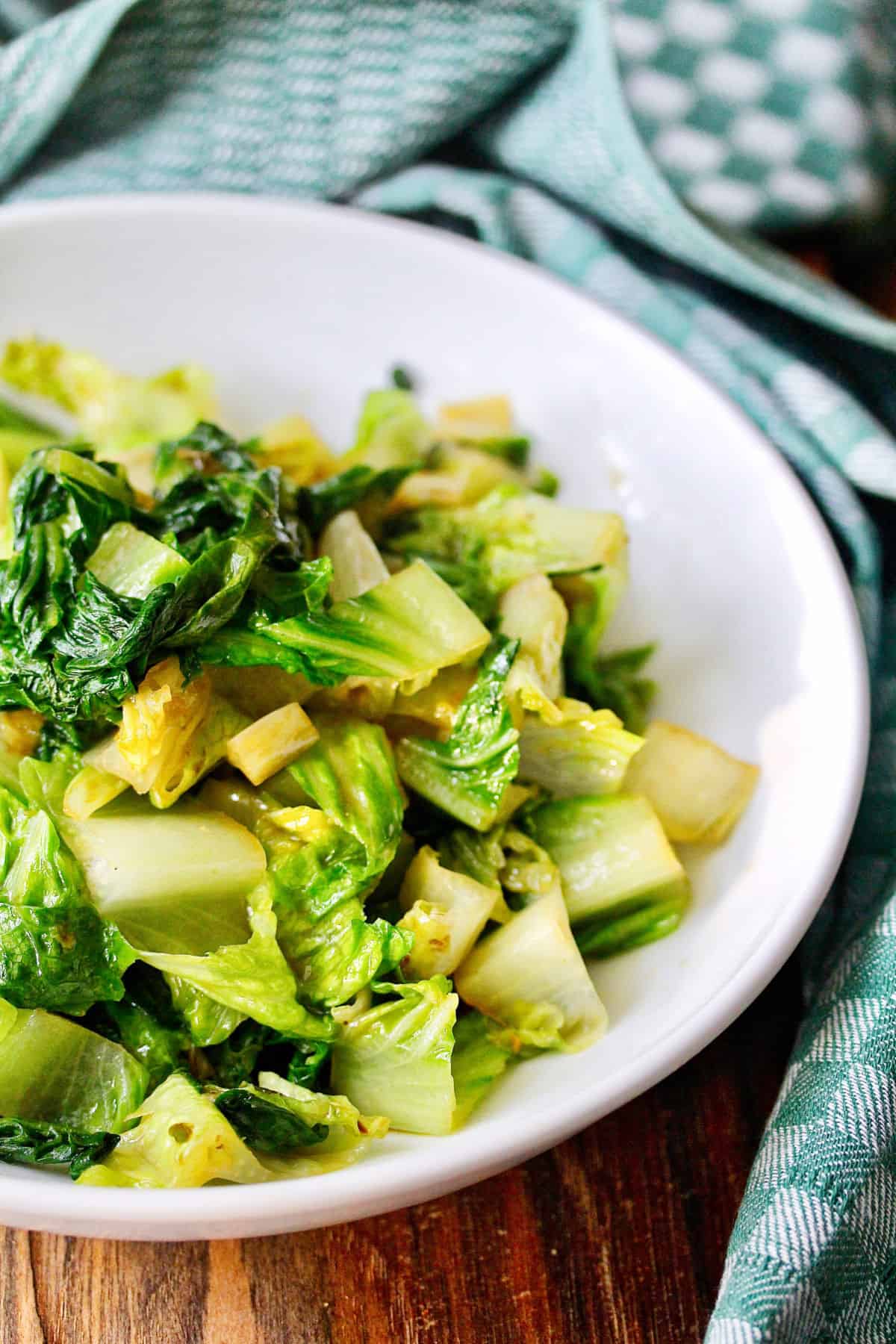
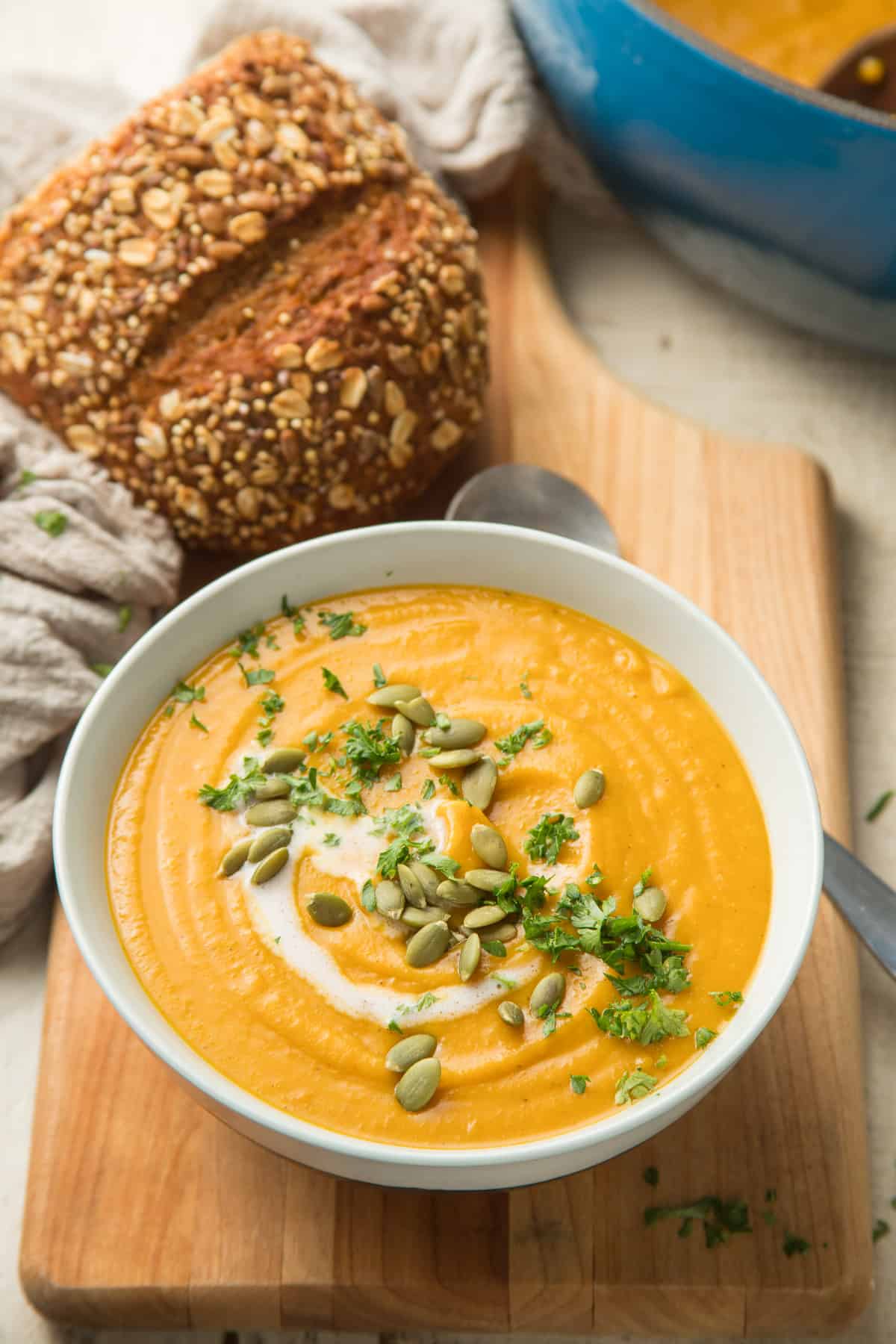
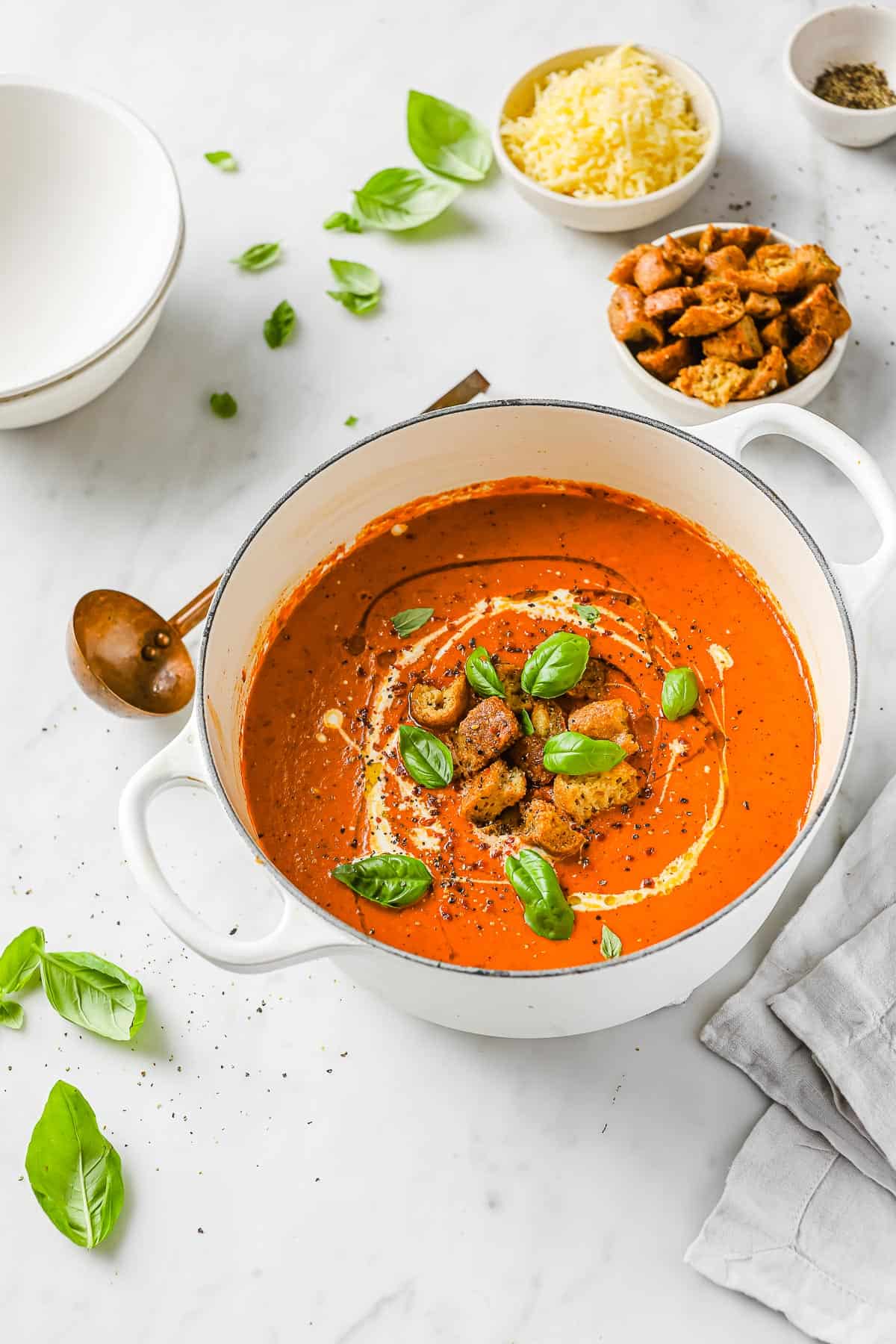
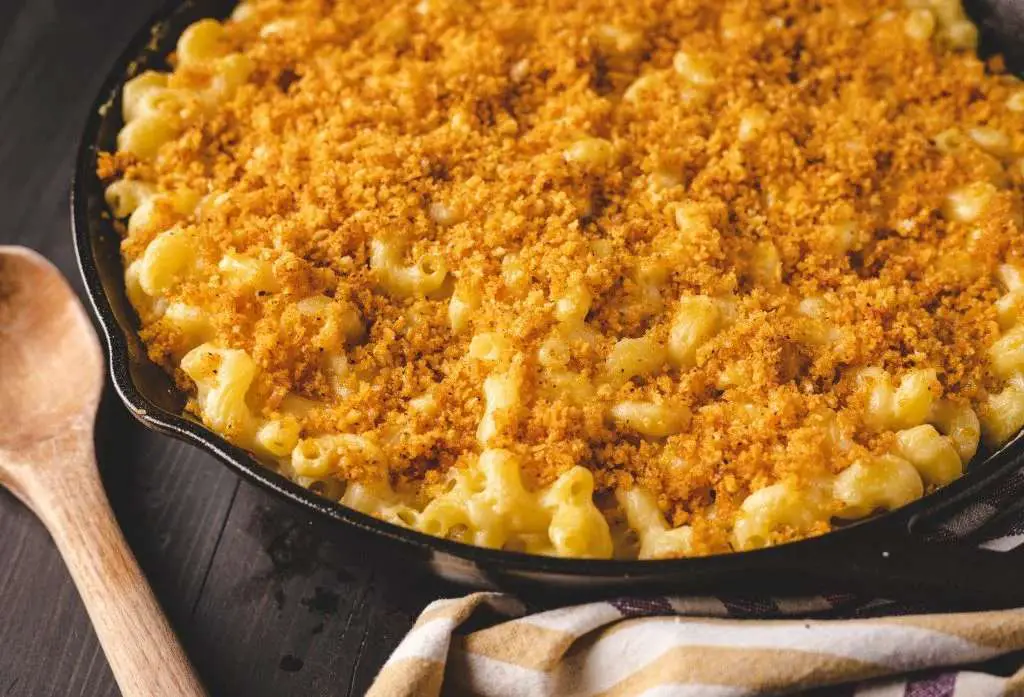
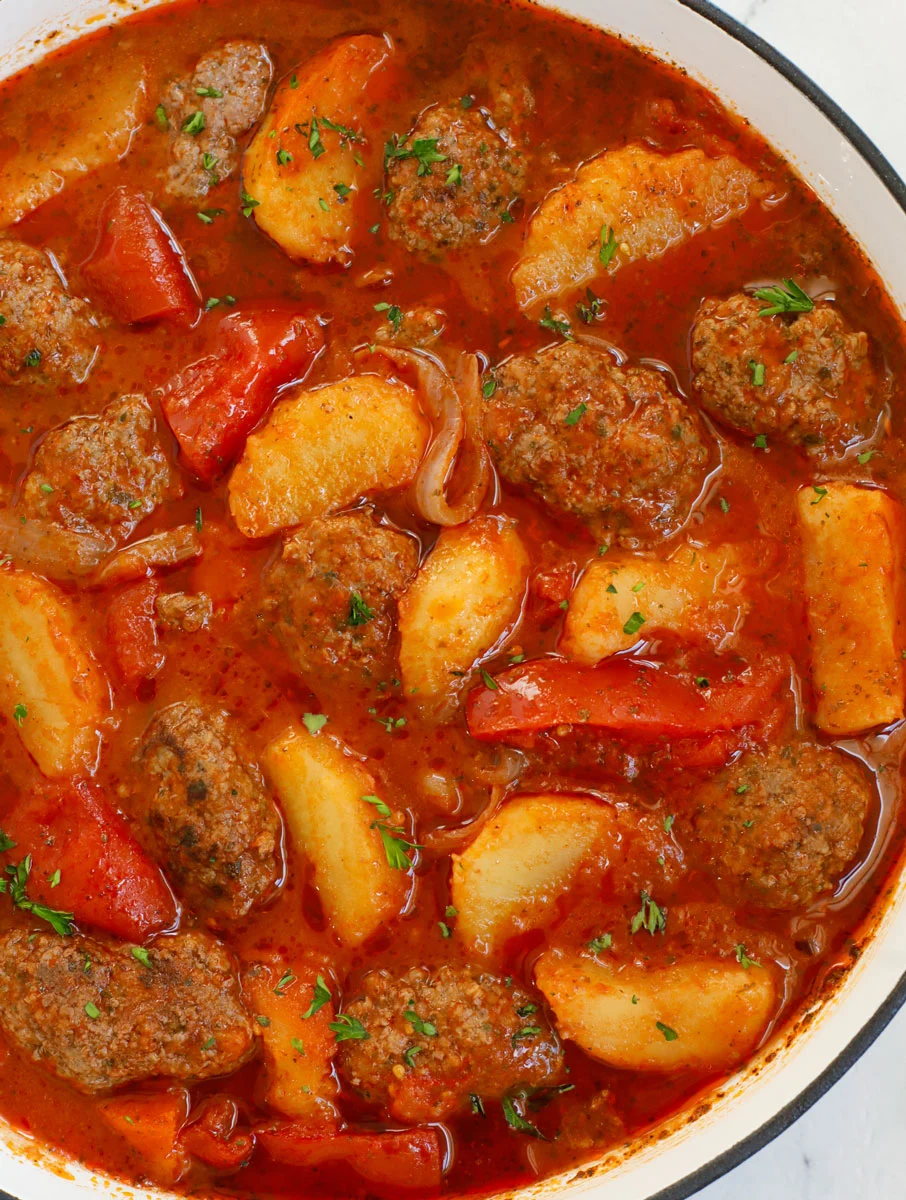

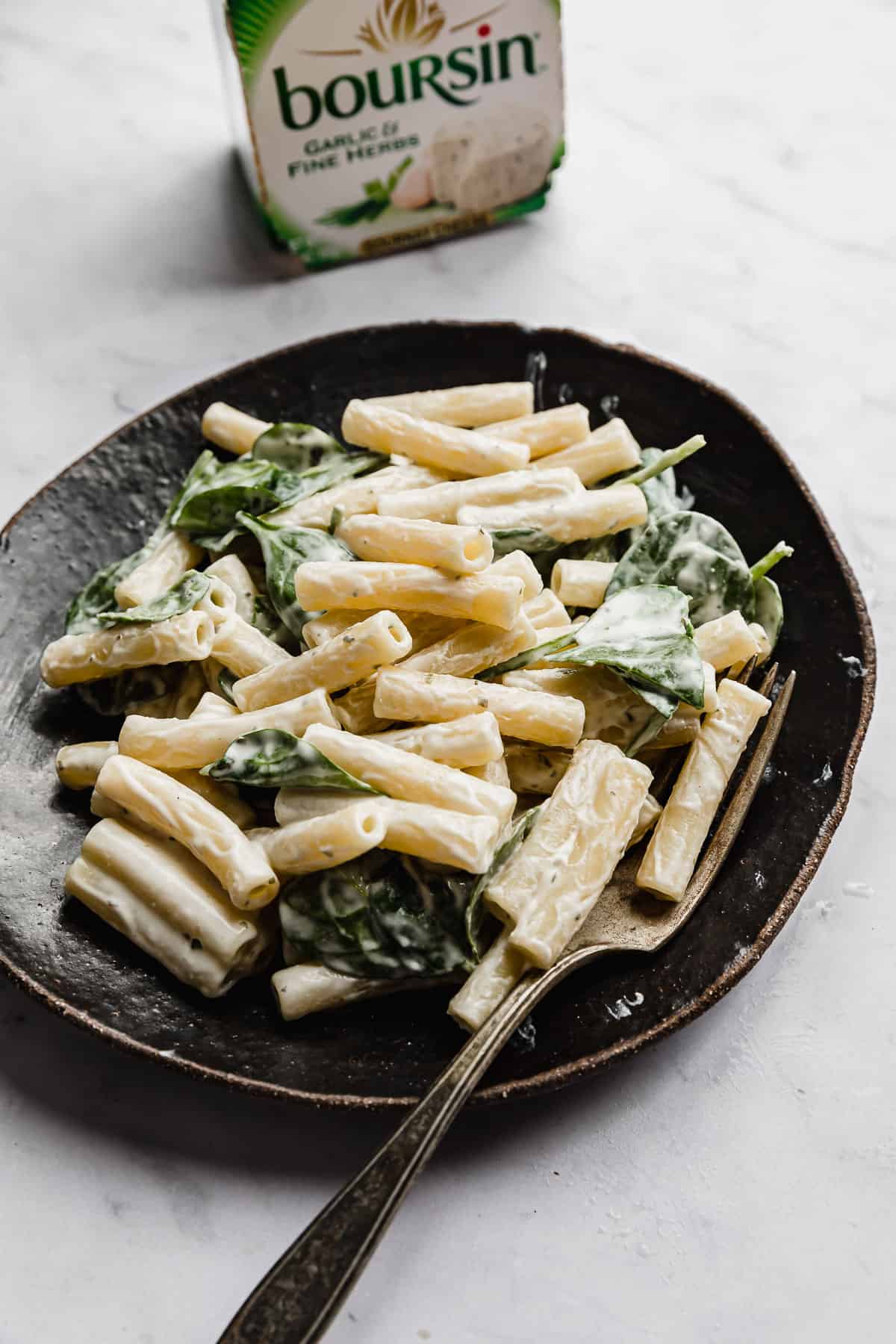
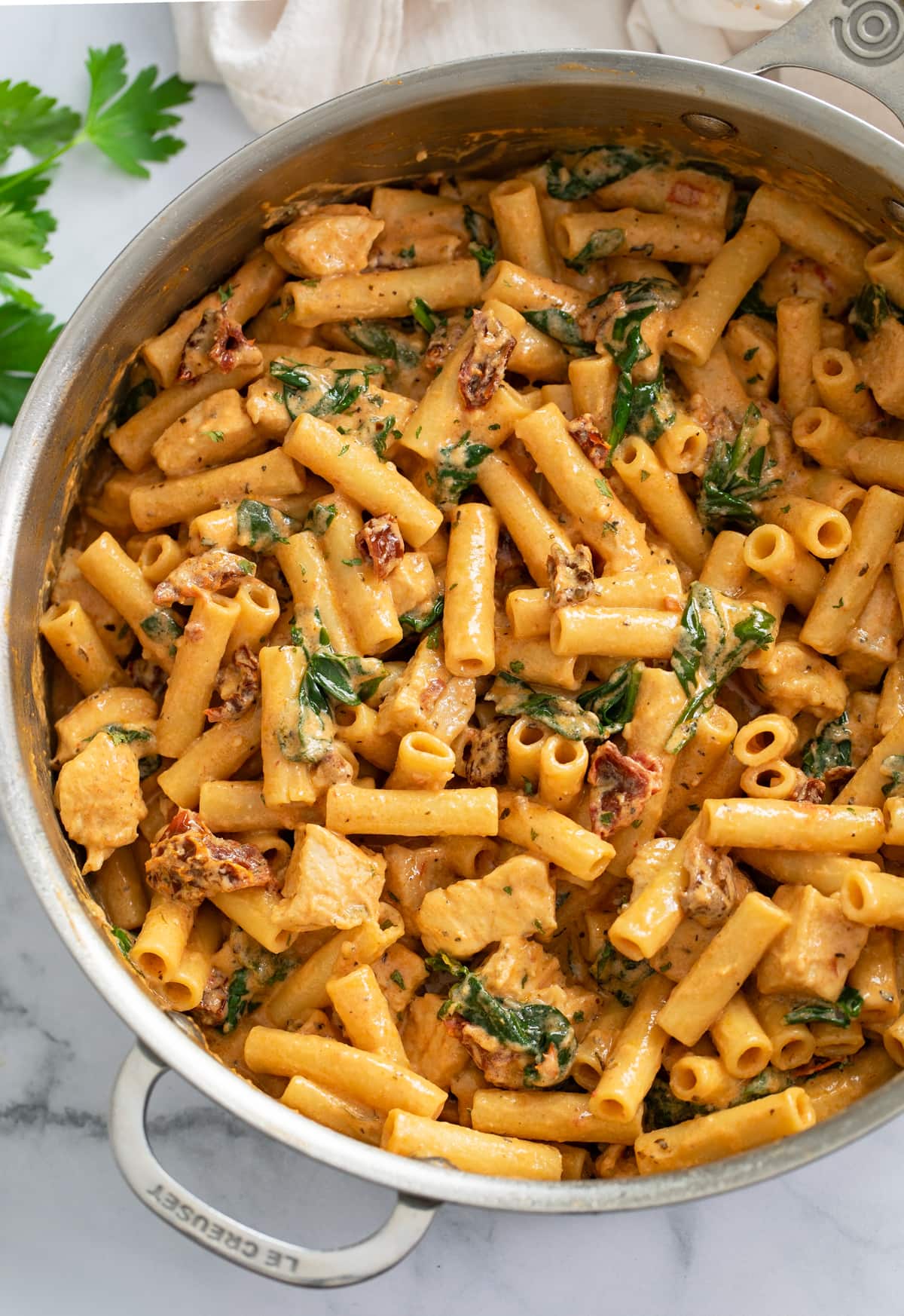
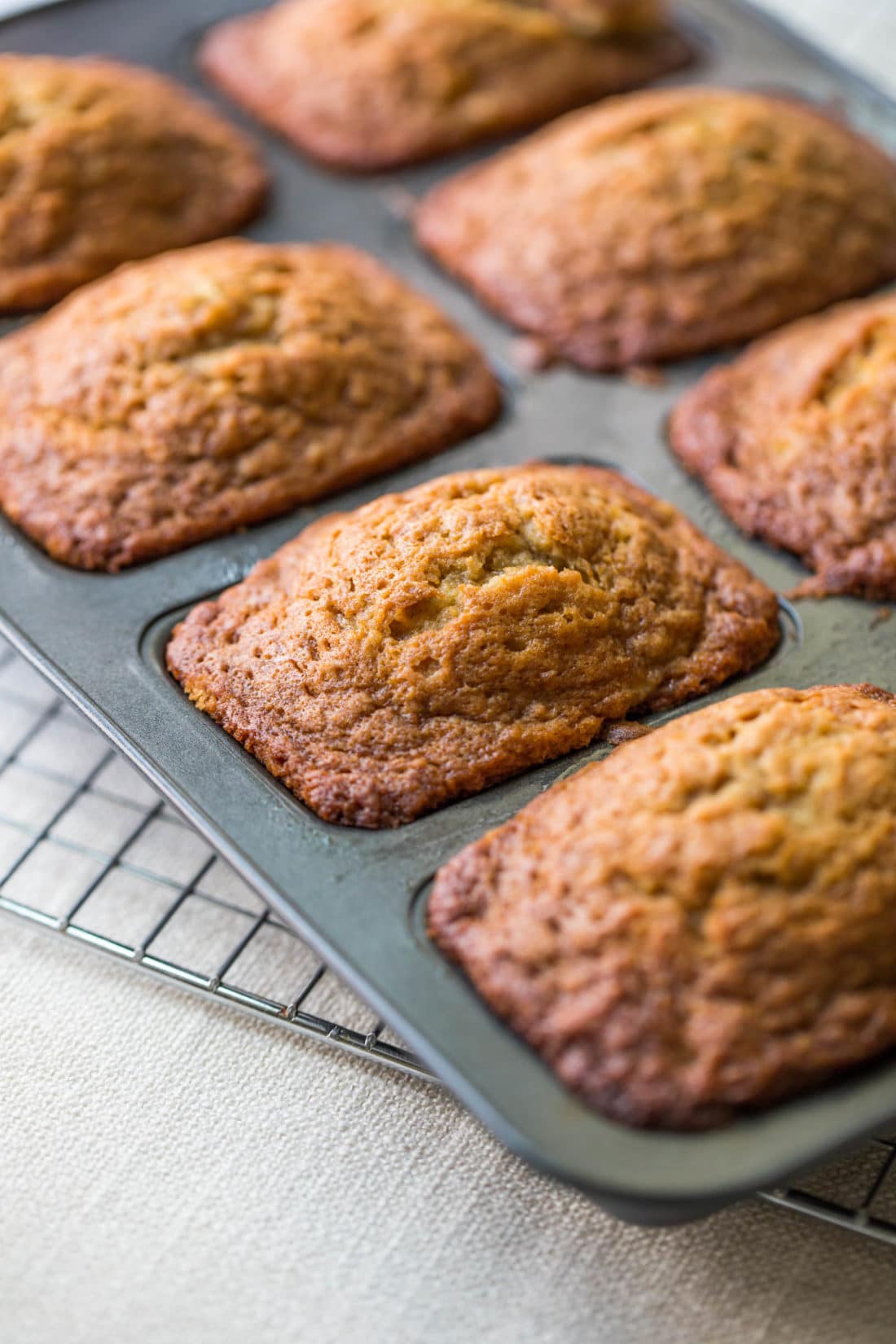

4 Comments
I’ve always been curious about bánh bèo! Your recipe makes it sound so approachable. Can’t wait to try it!
The combination of crispy pork rinds and soft rice cakes sounds divine. Thank you for sharing!
Love the nutrition facts section, it’s so helpful! Keep up the amazing work!
I had bánh bèo in Hue, and this recipe brings back wonderful memories. Definitely making this!